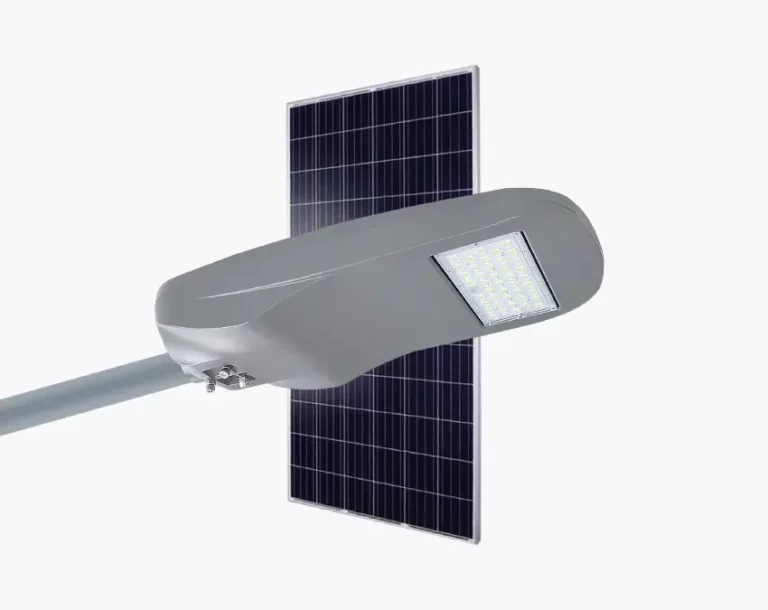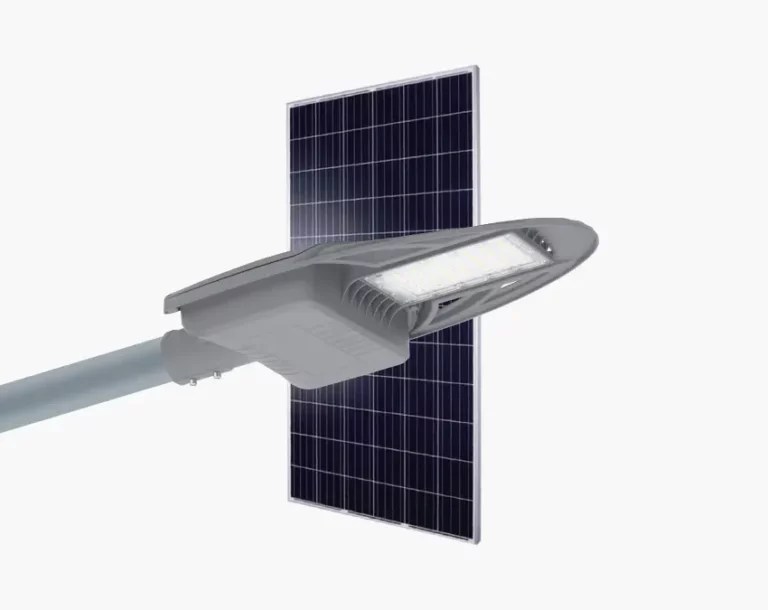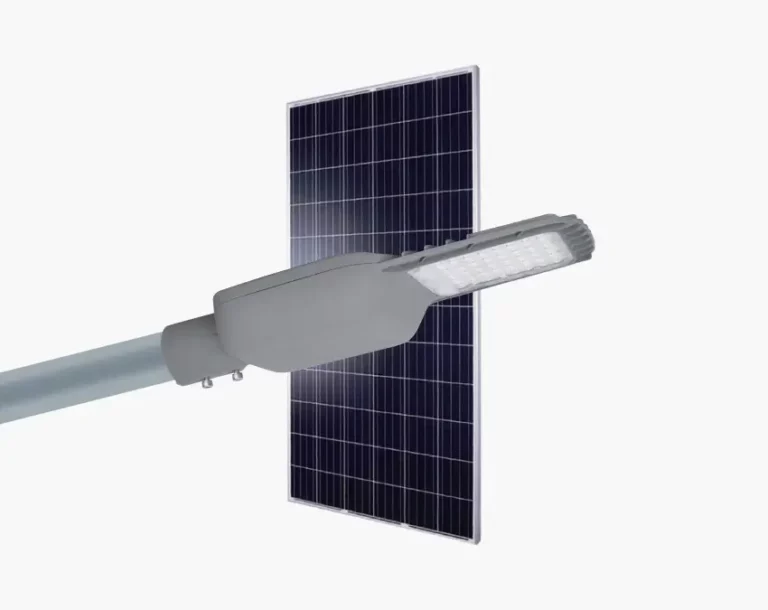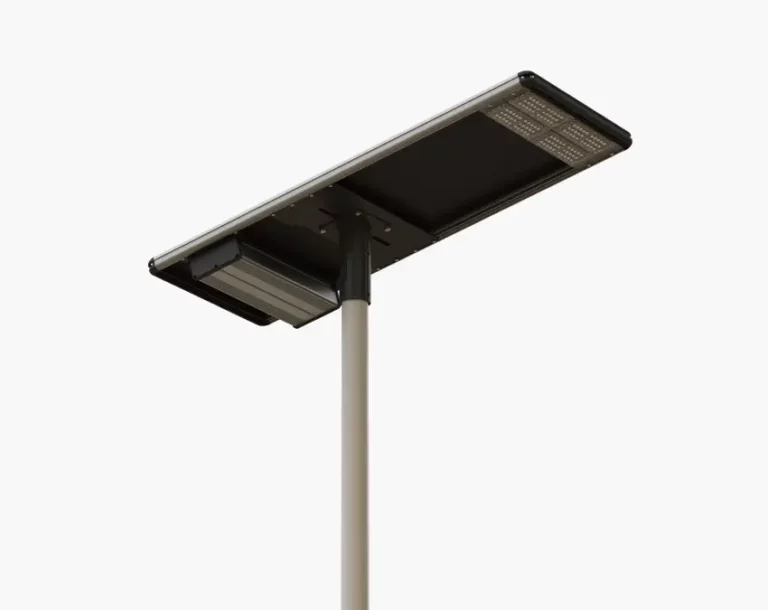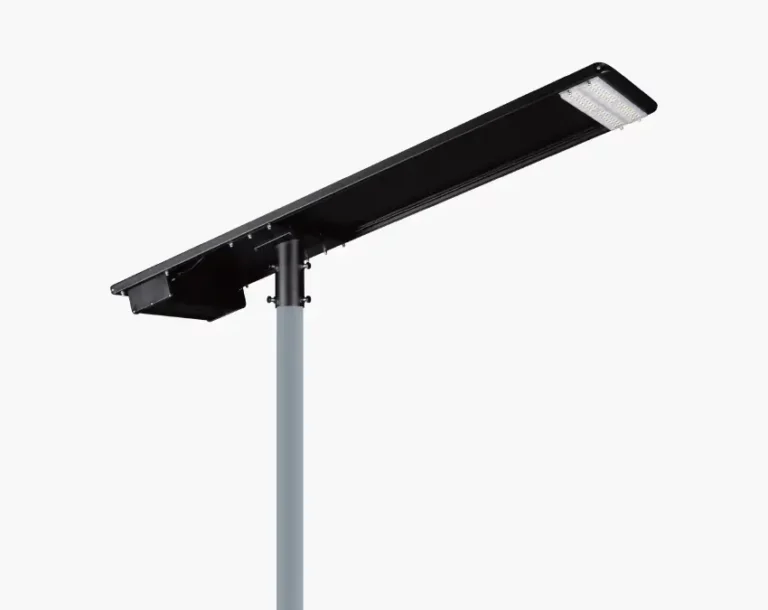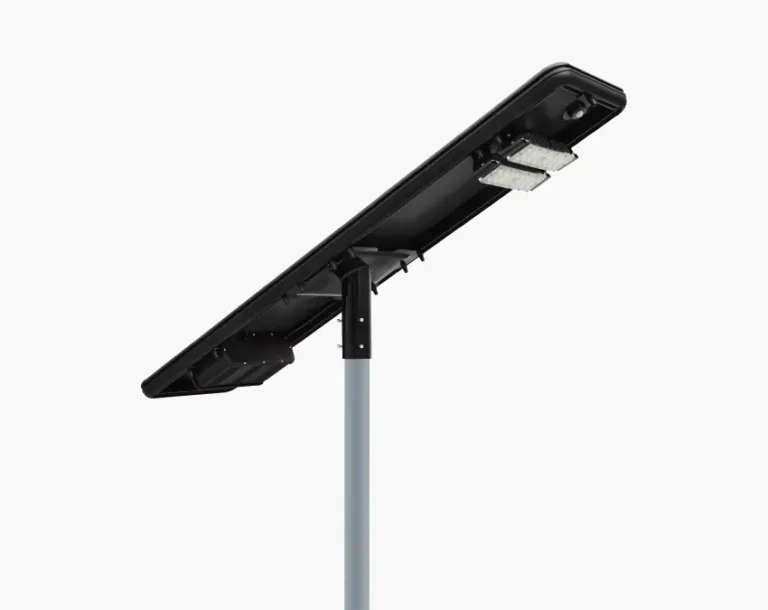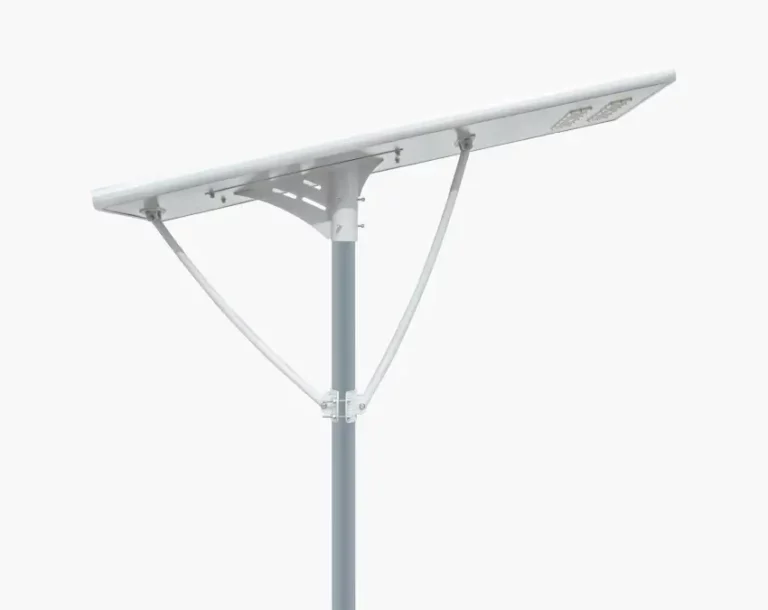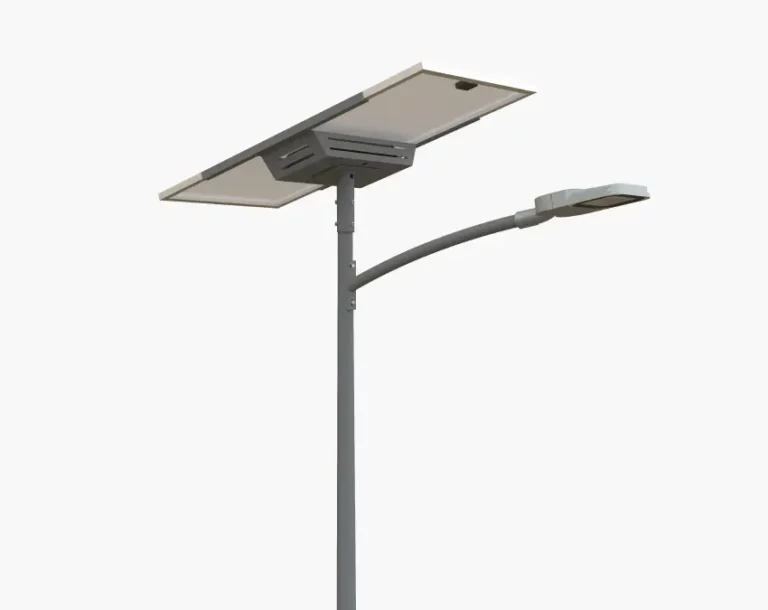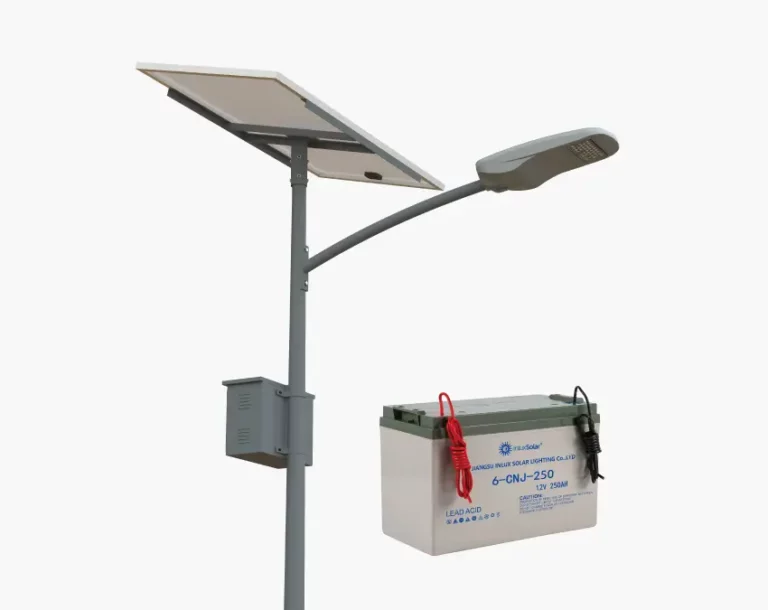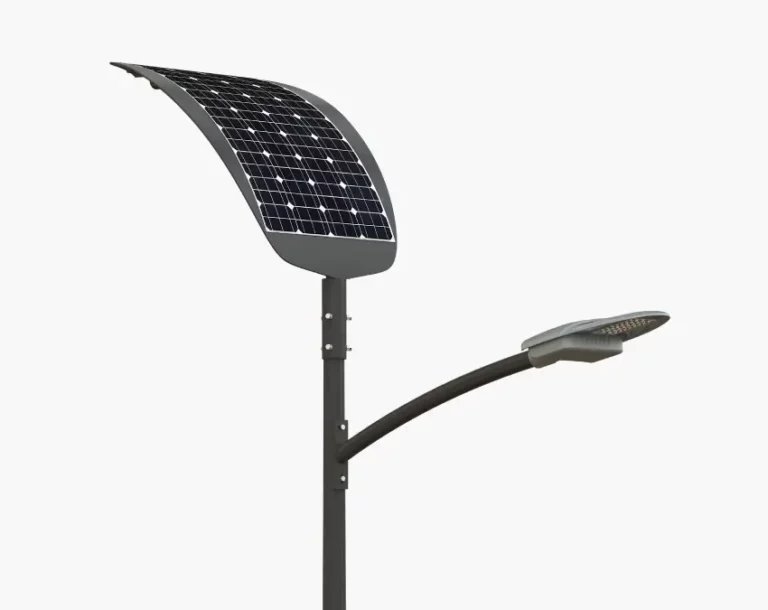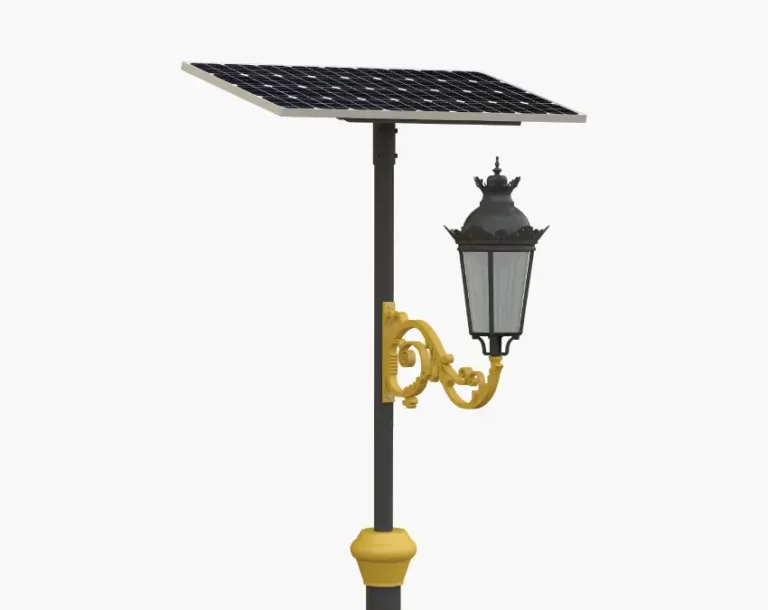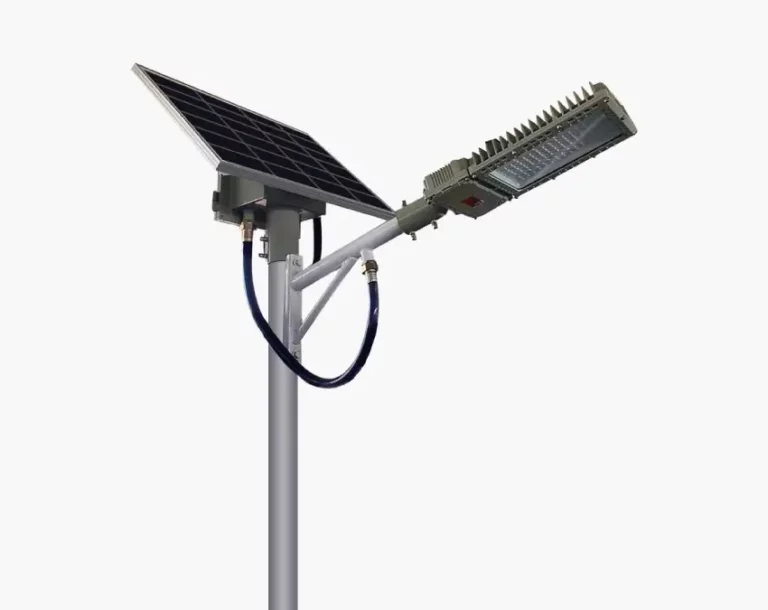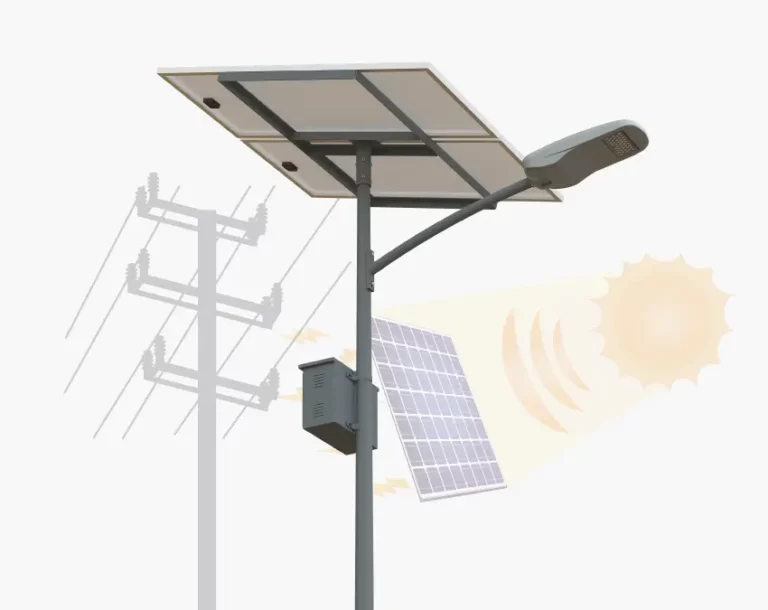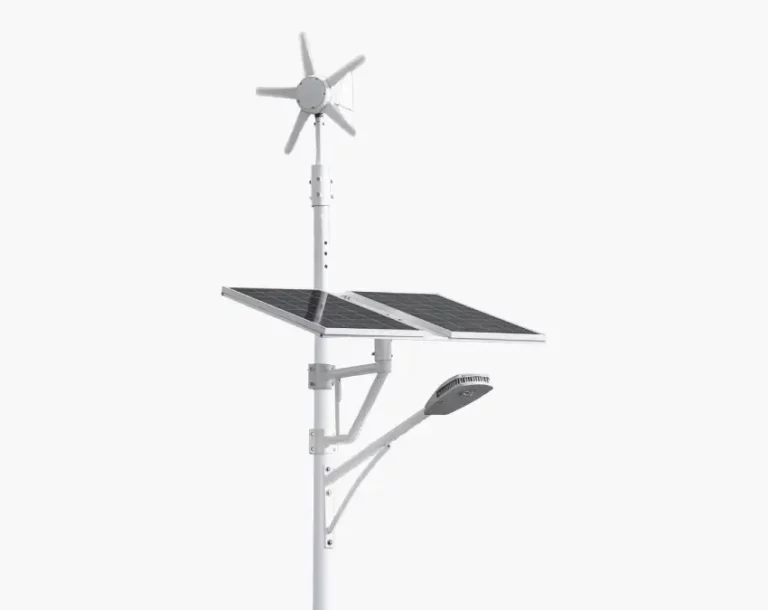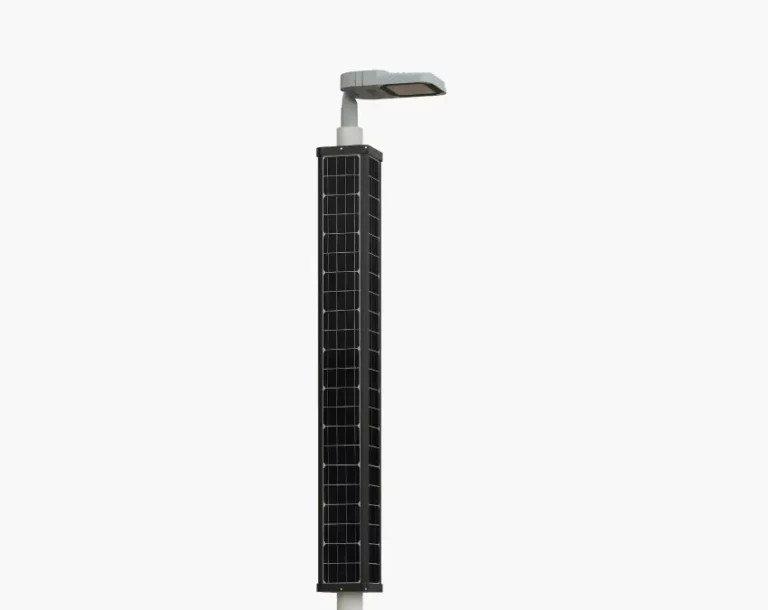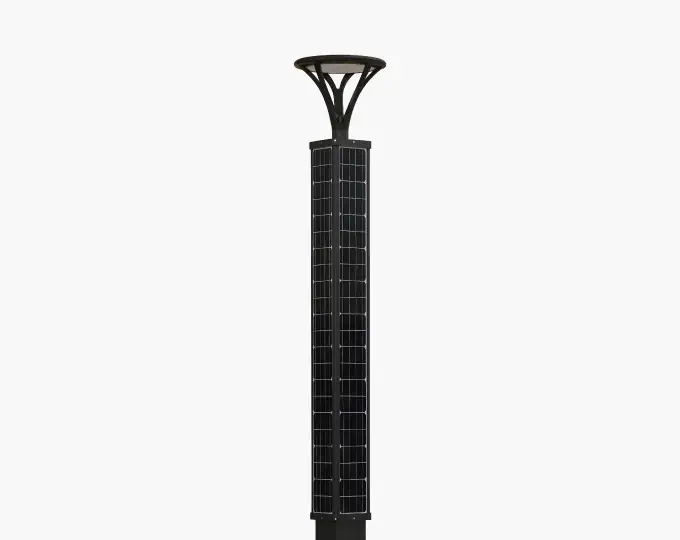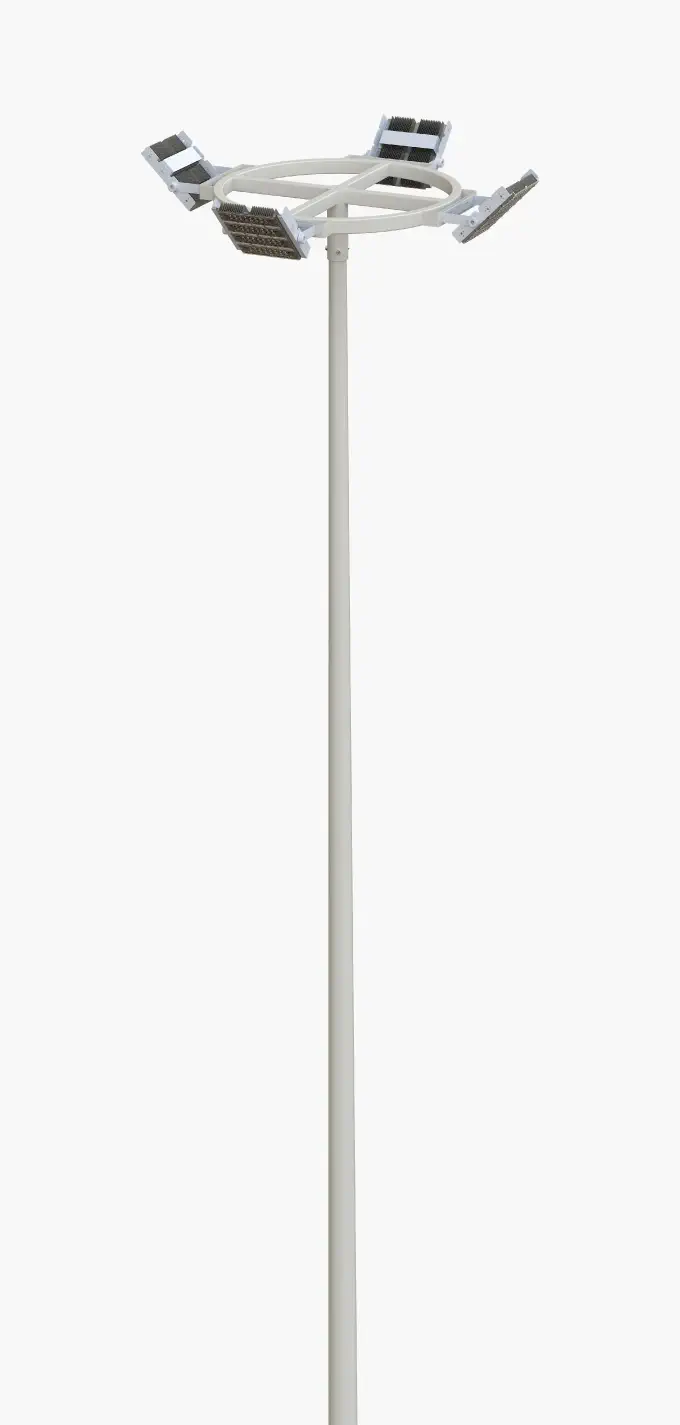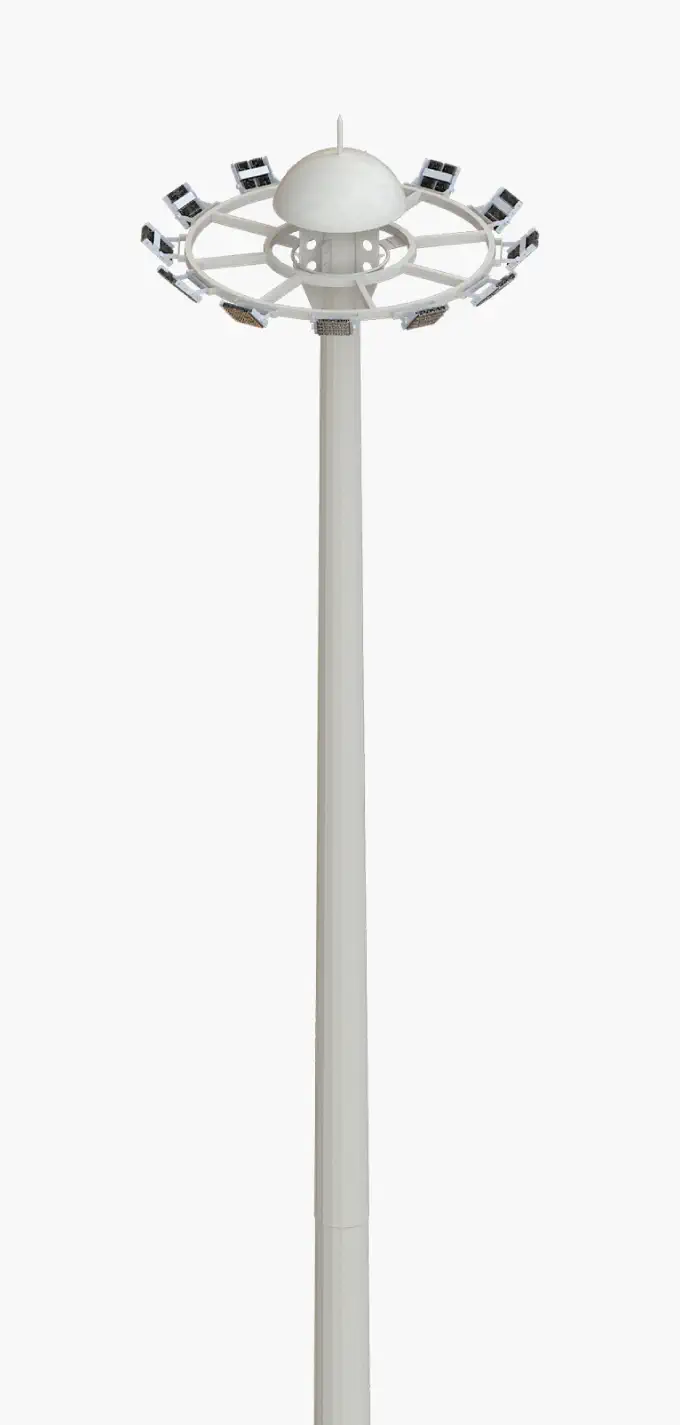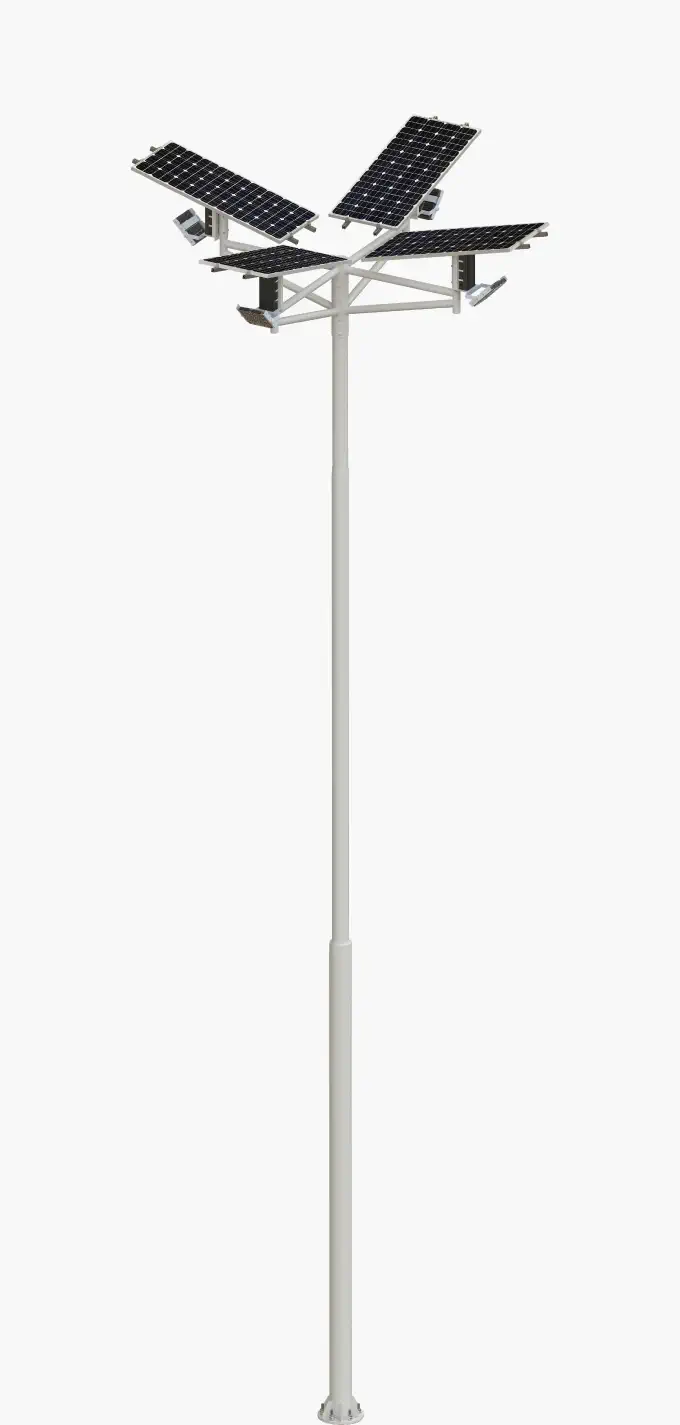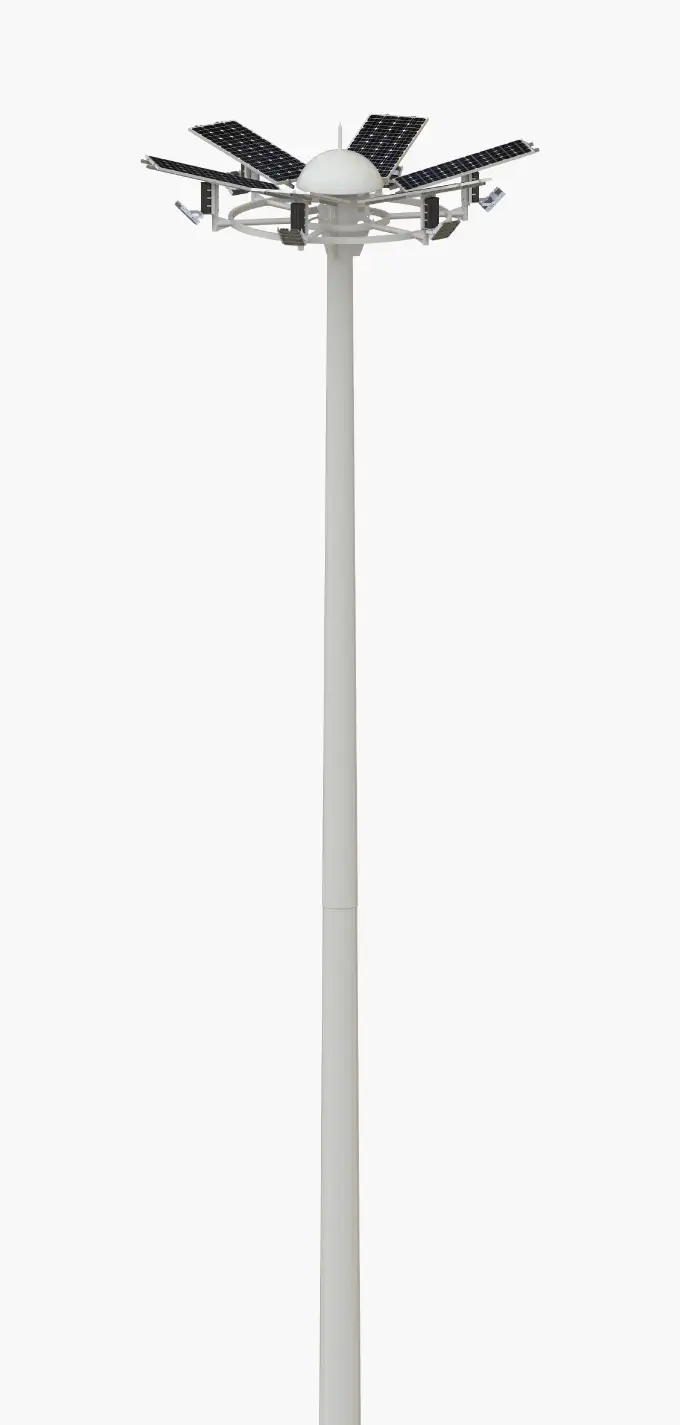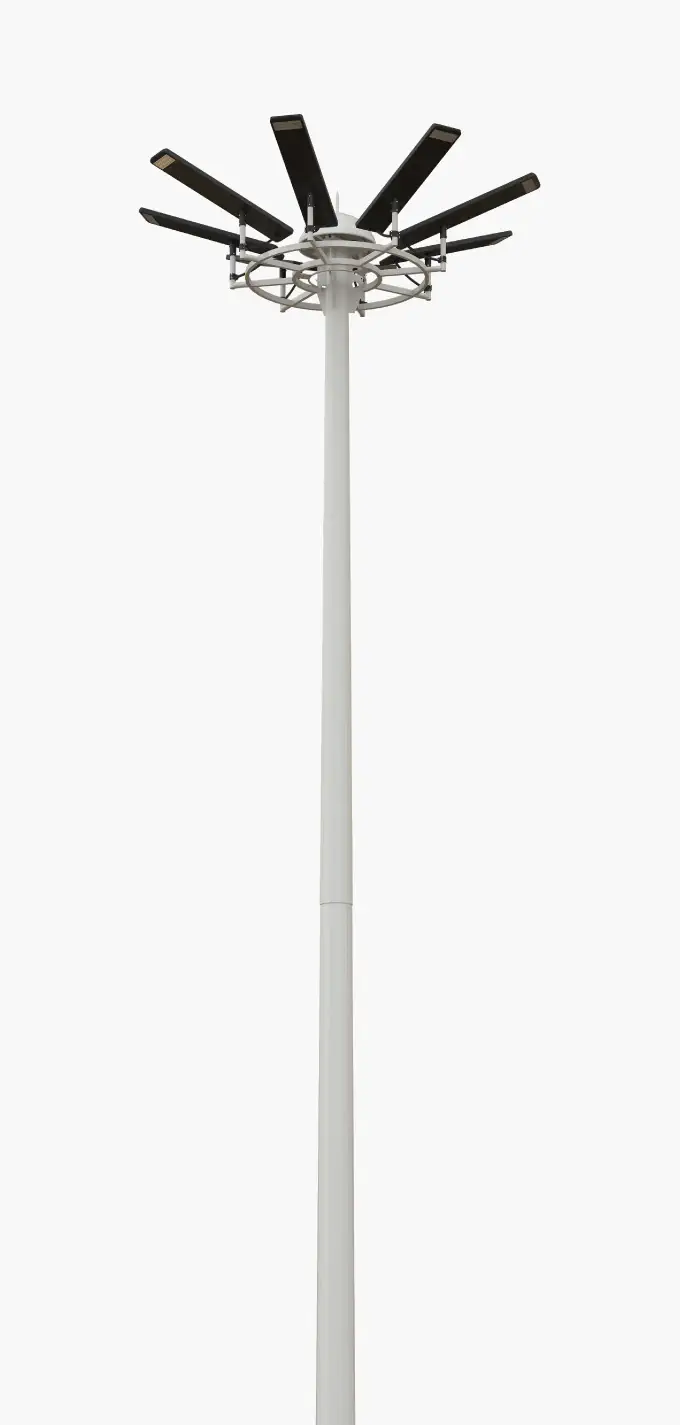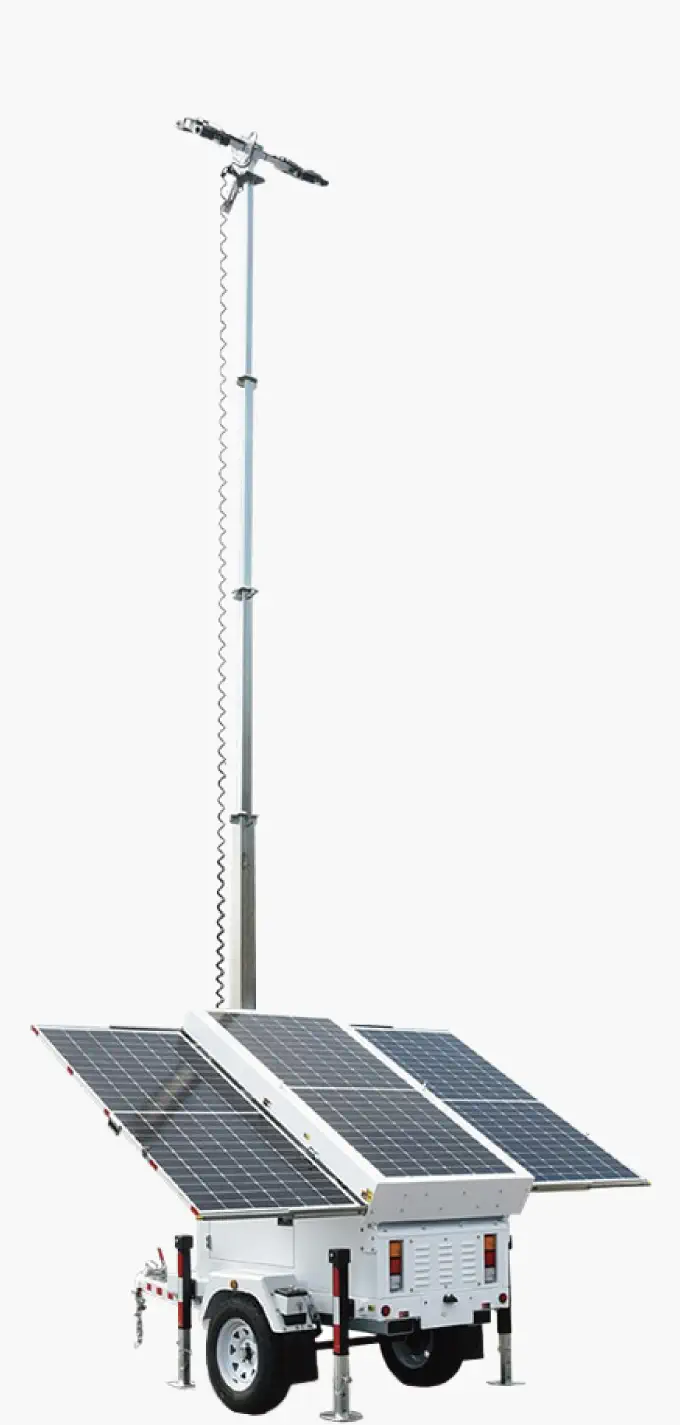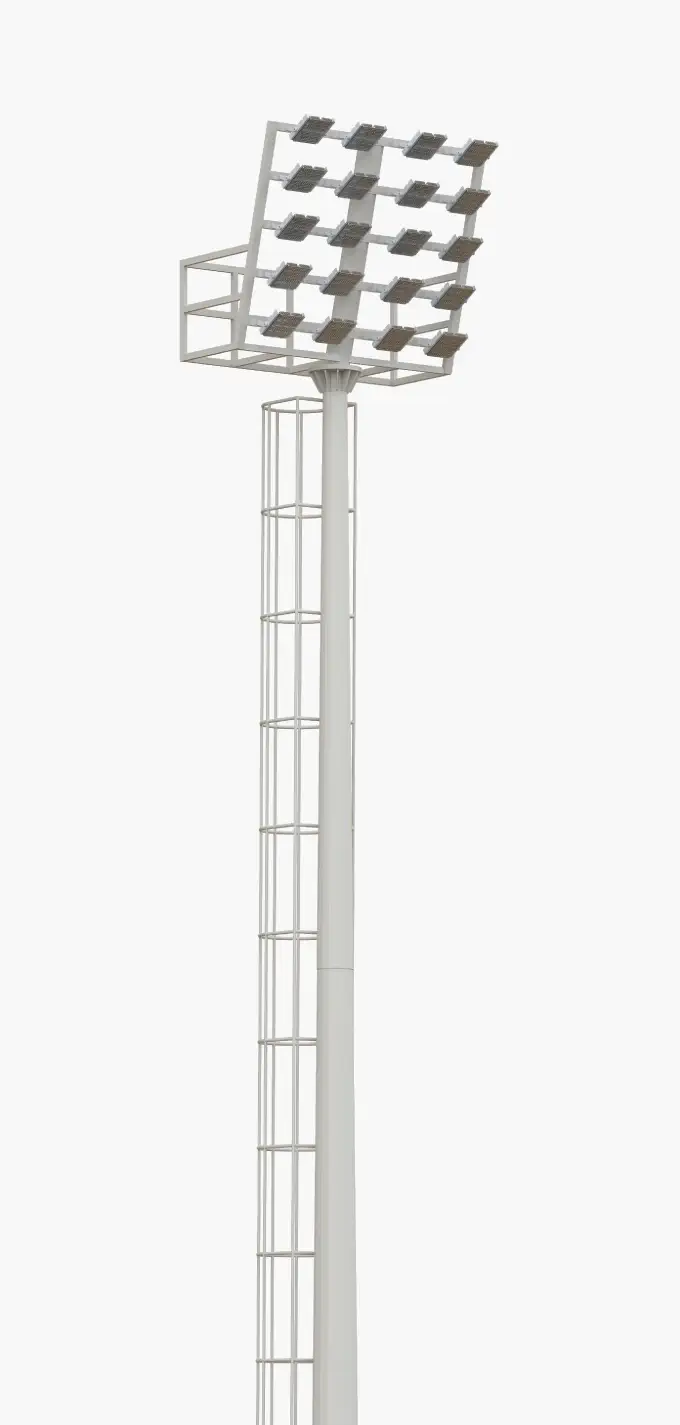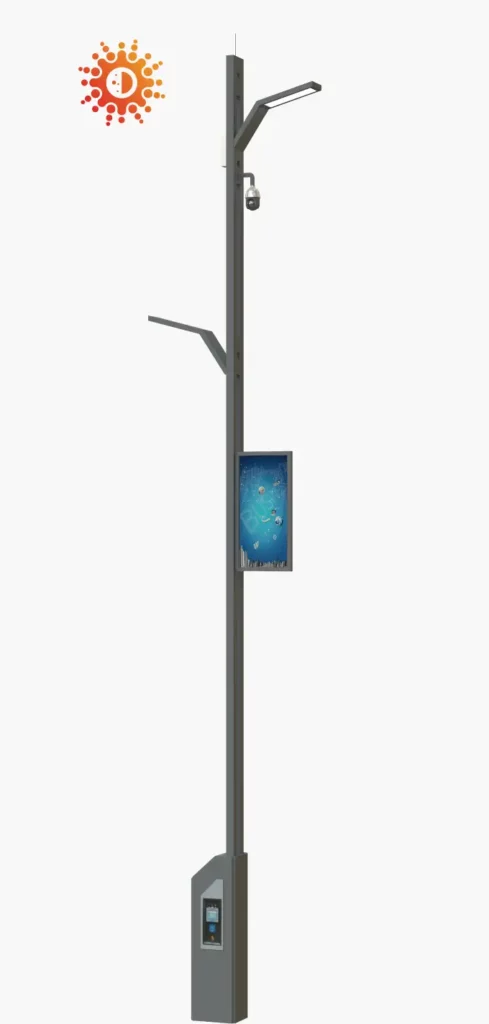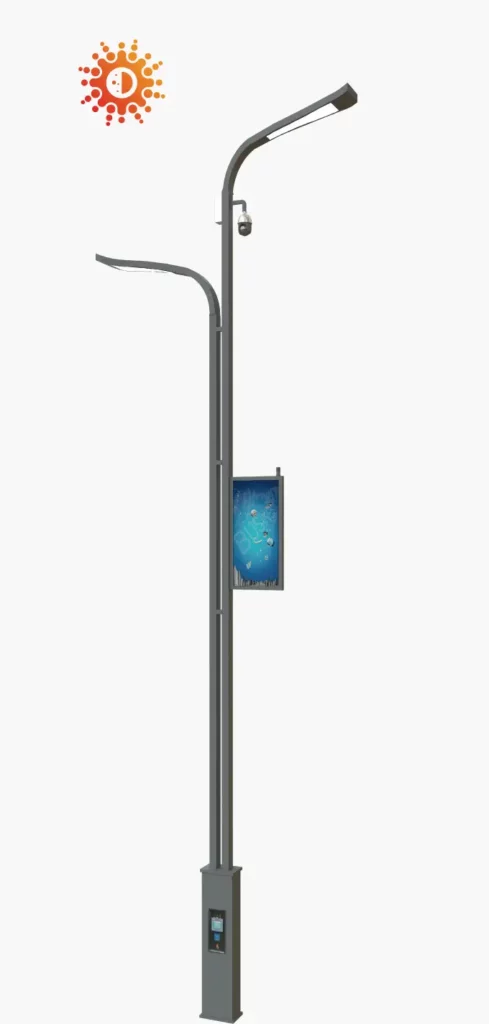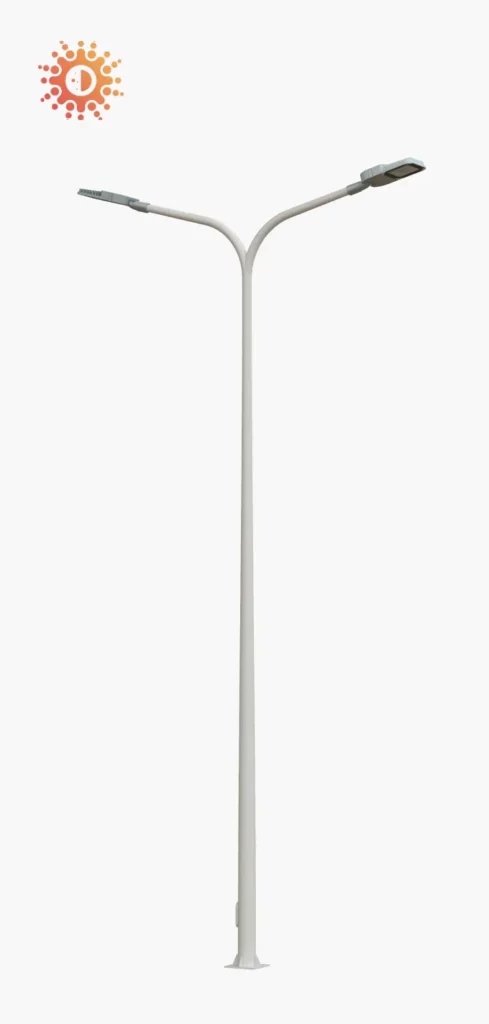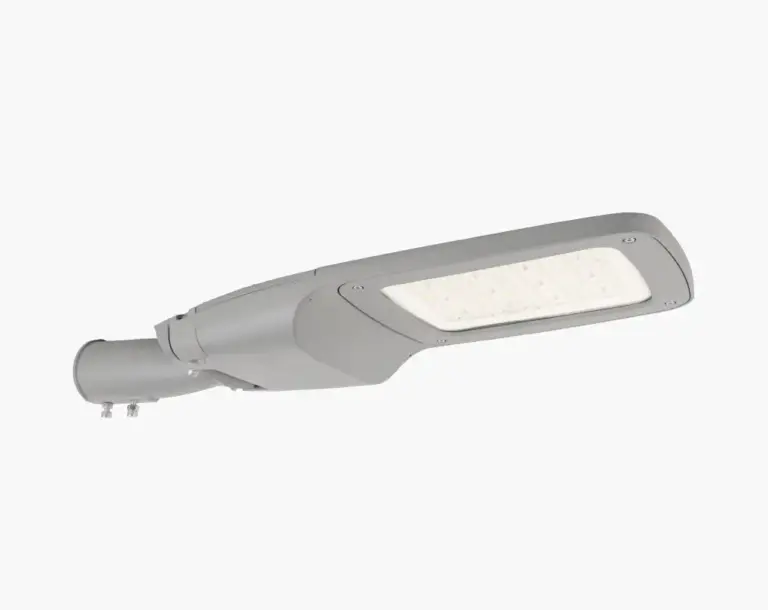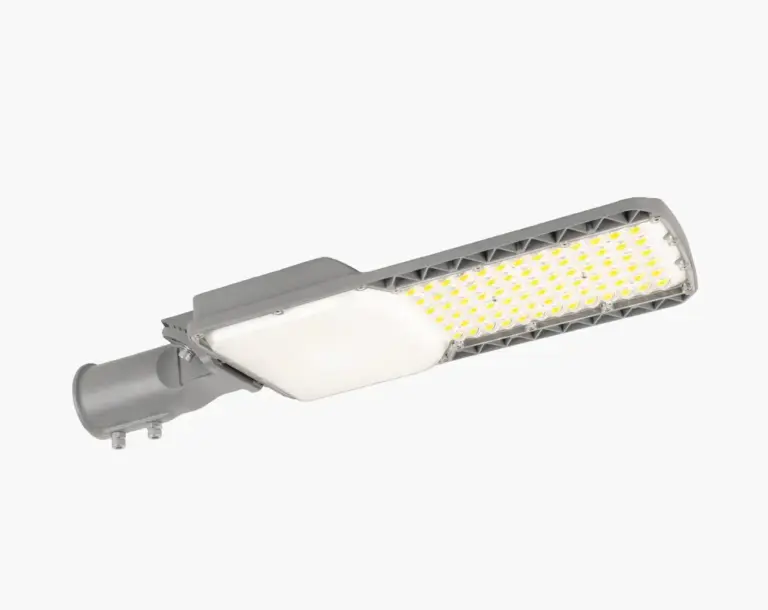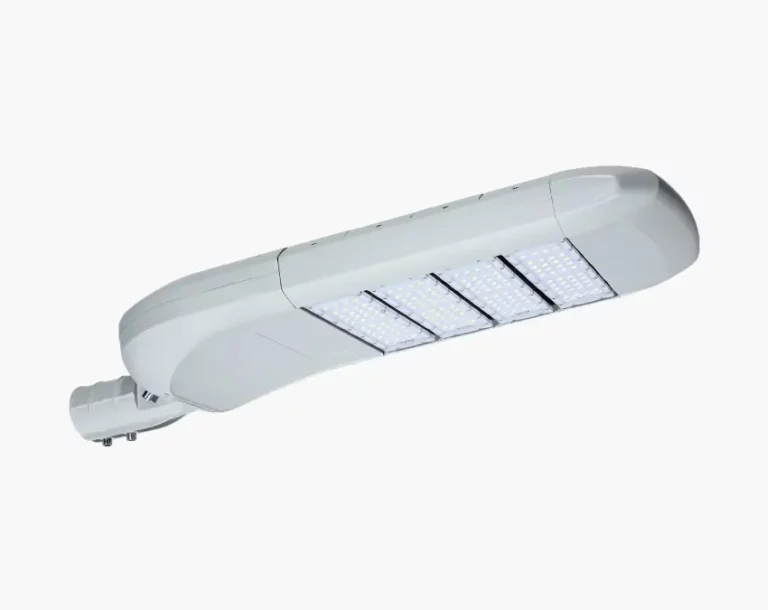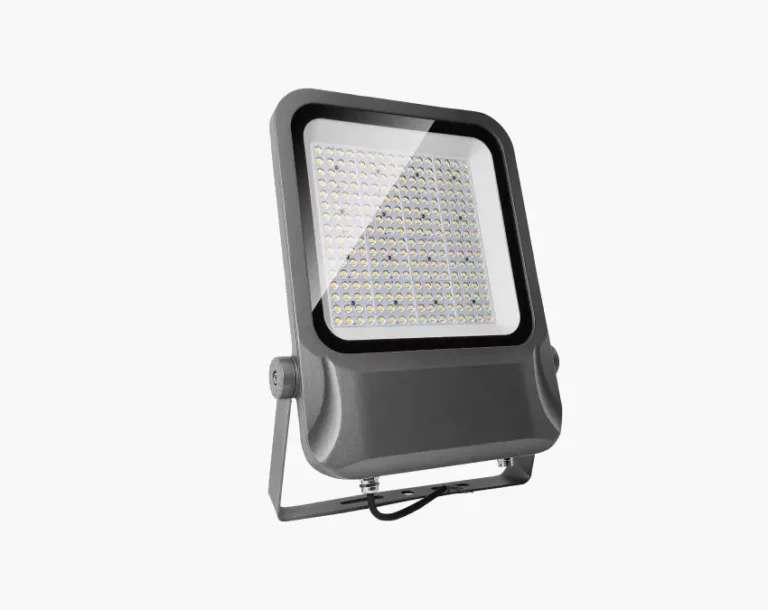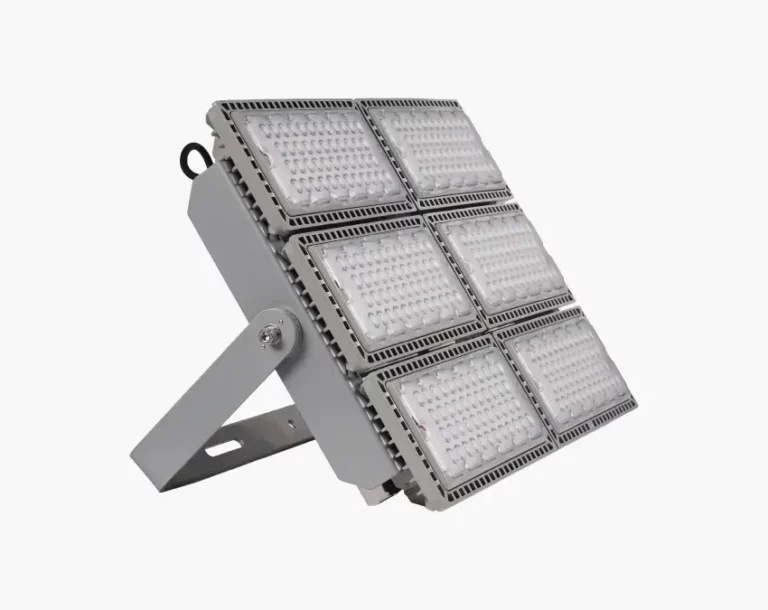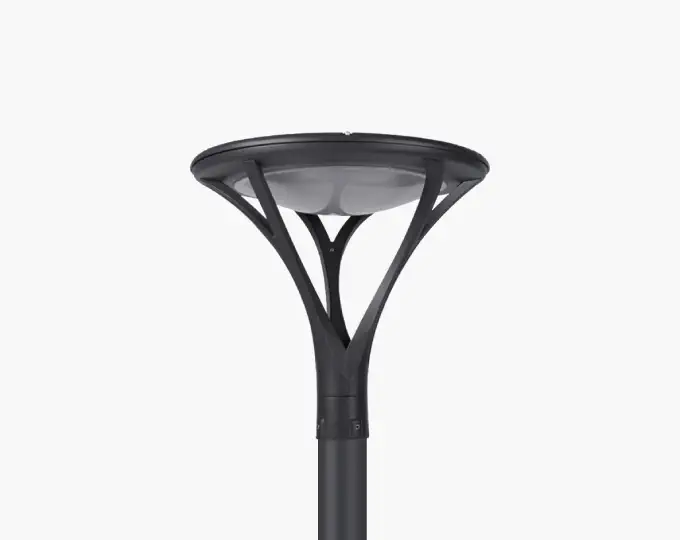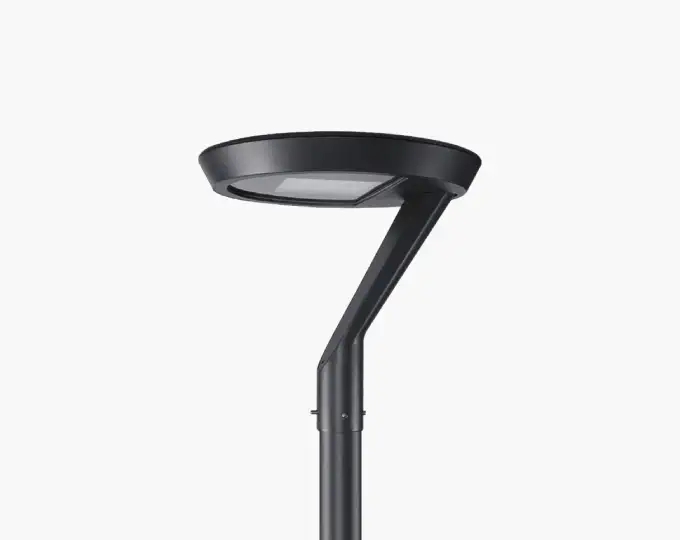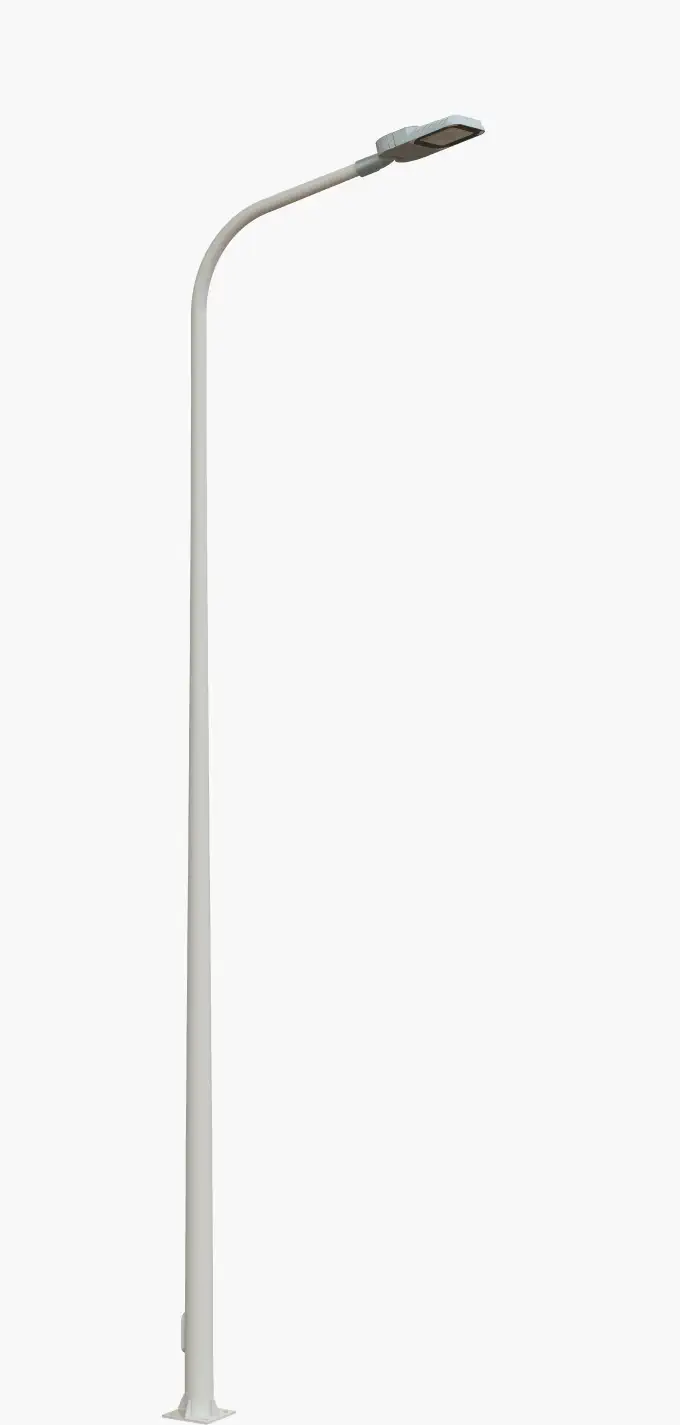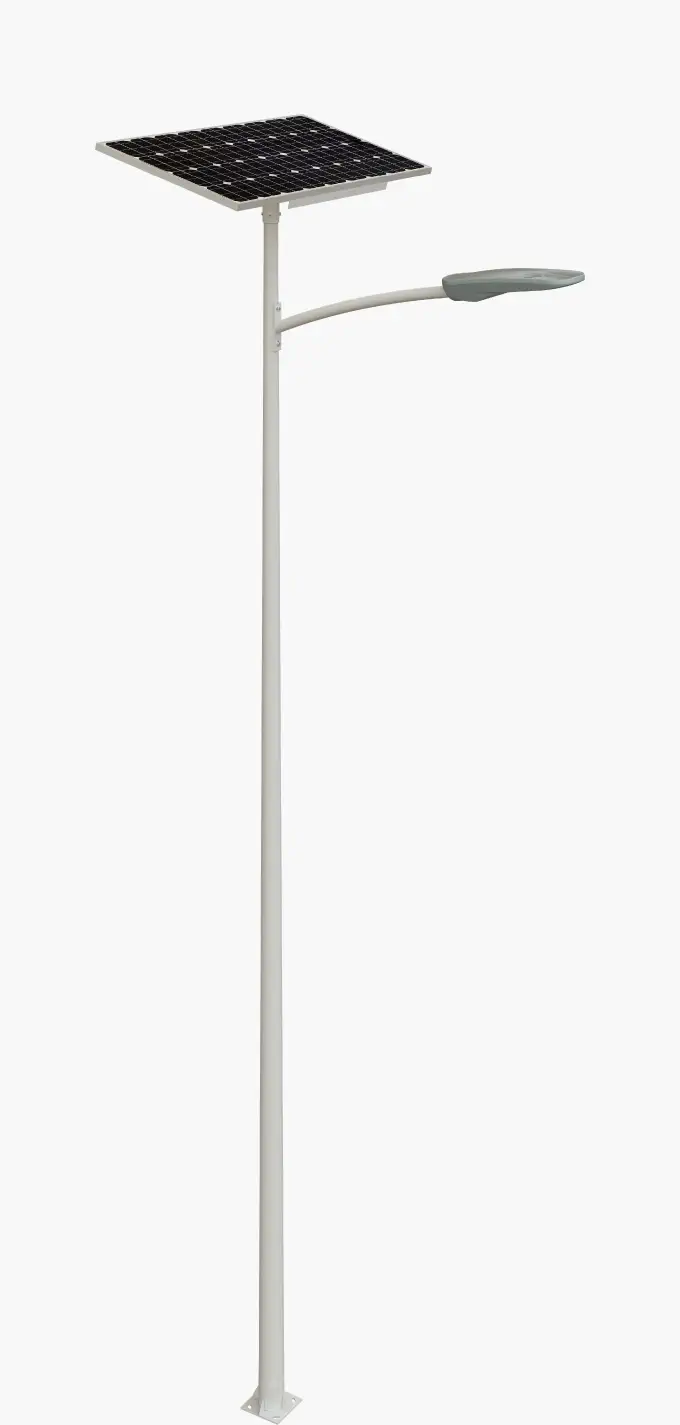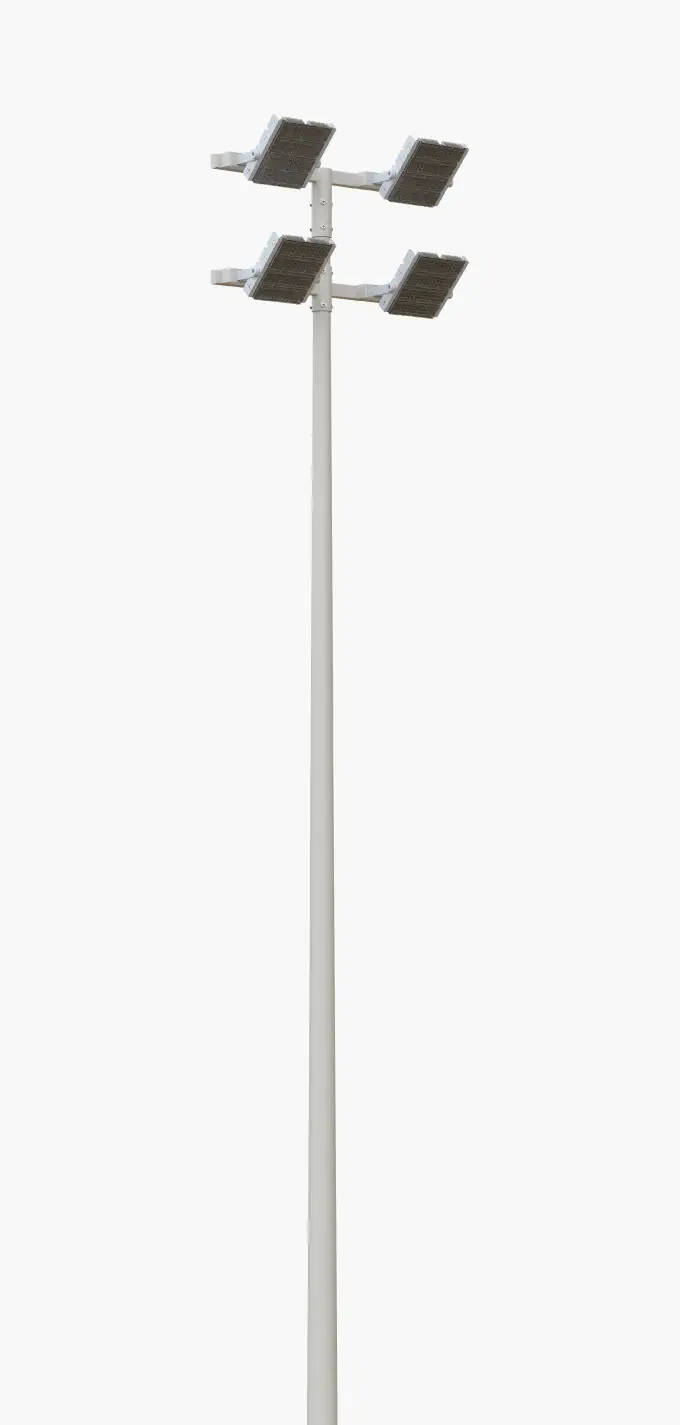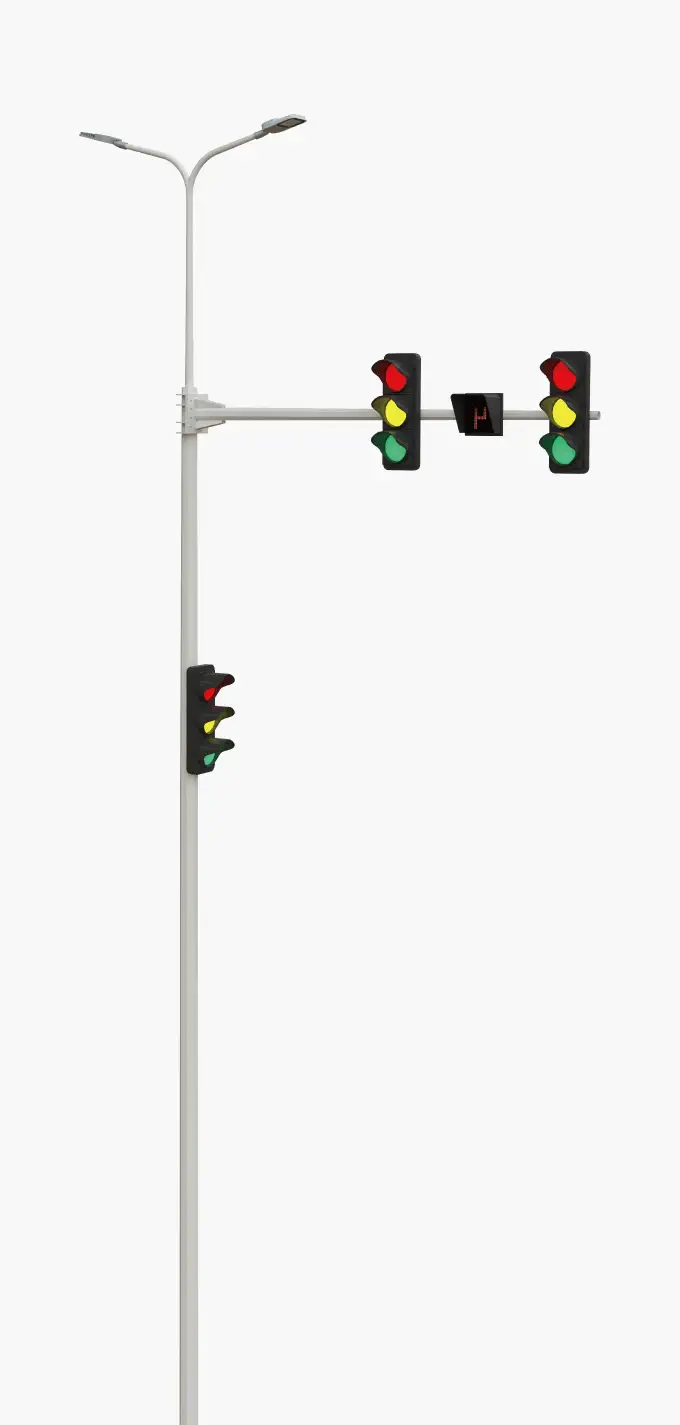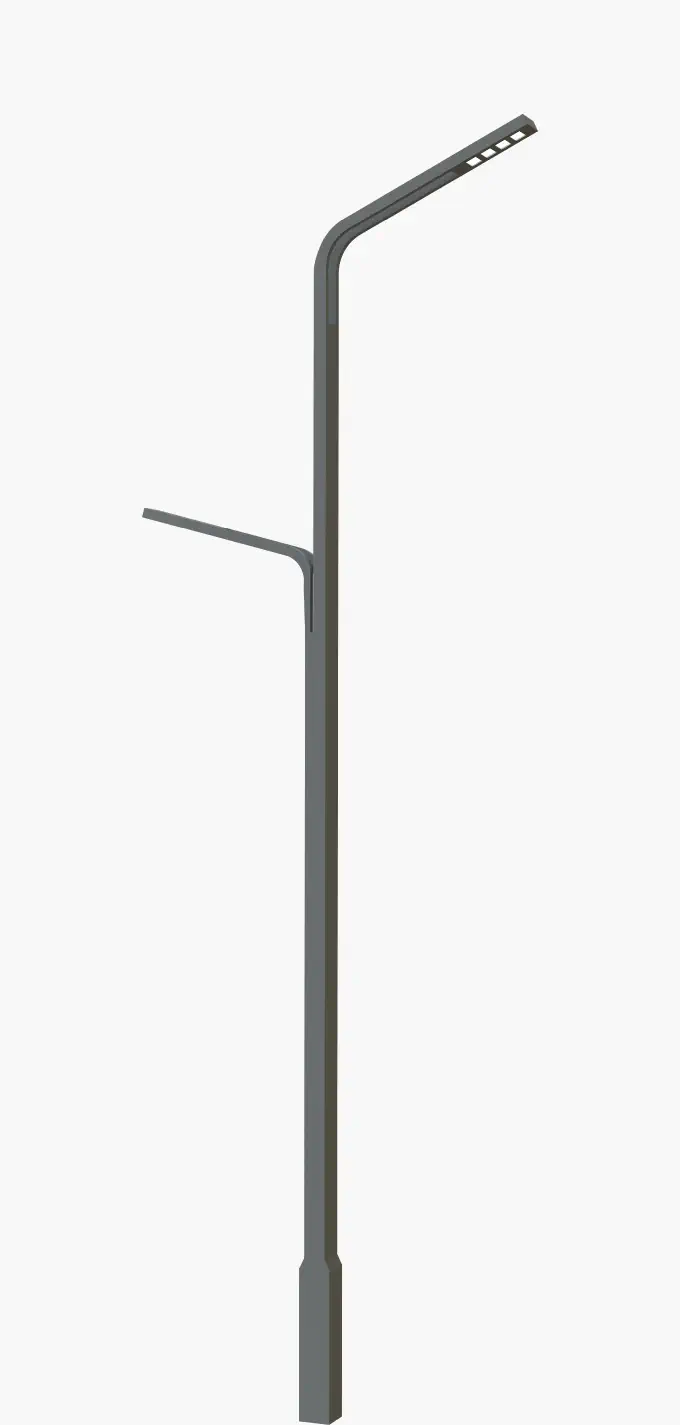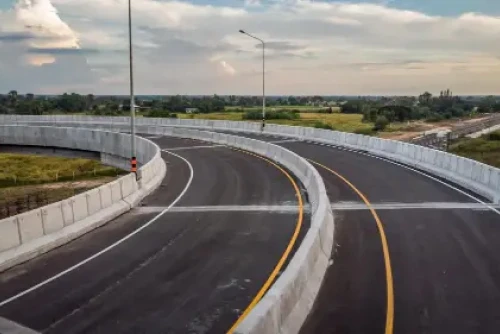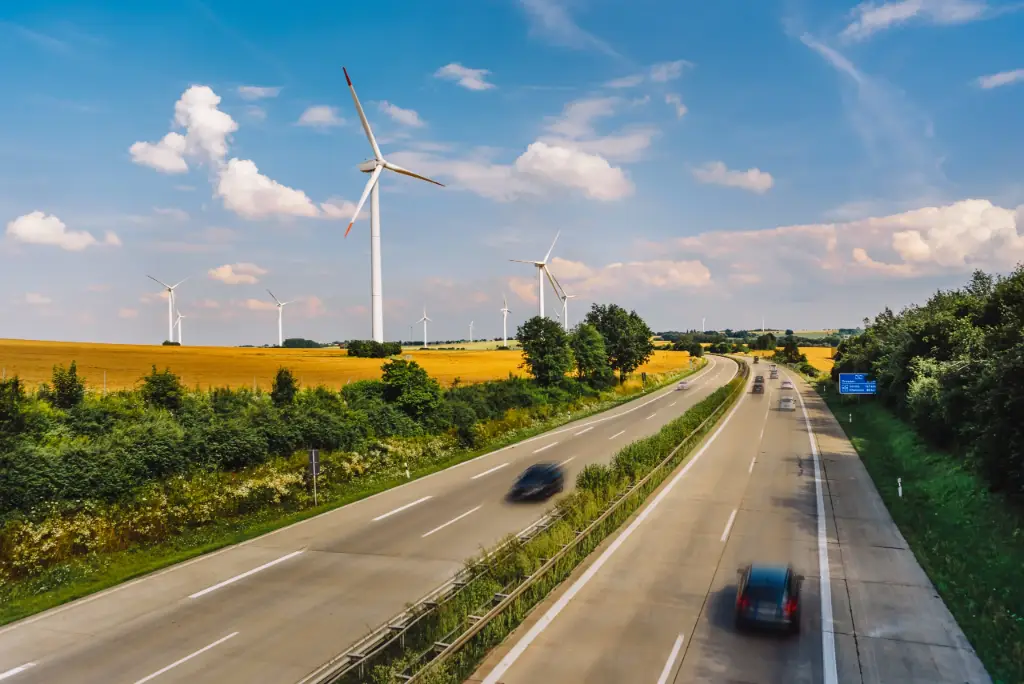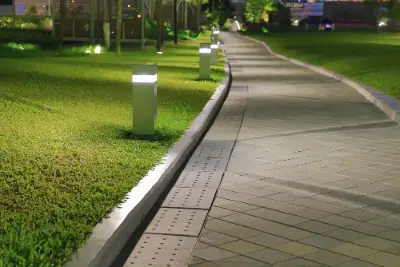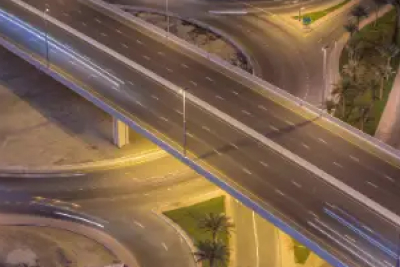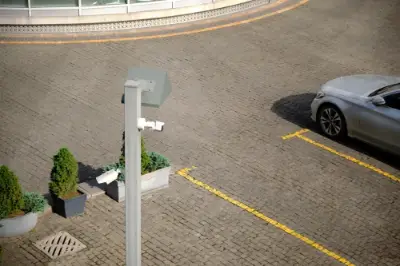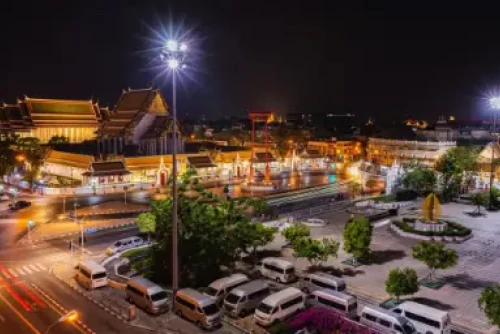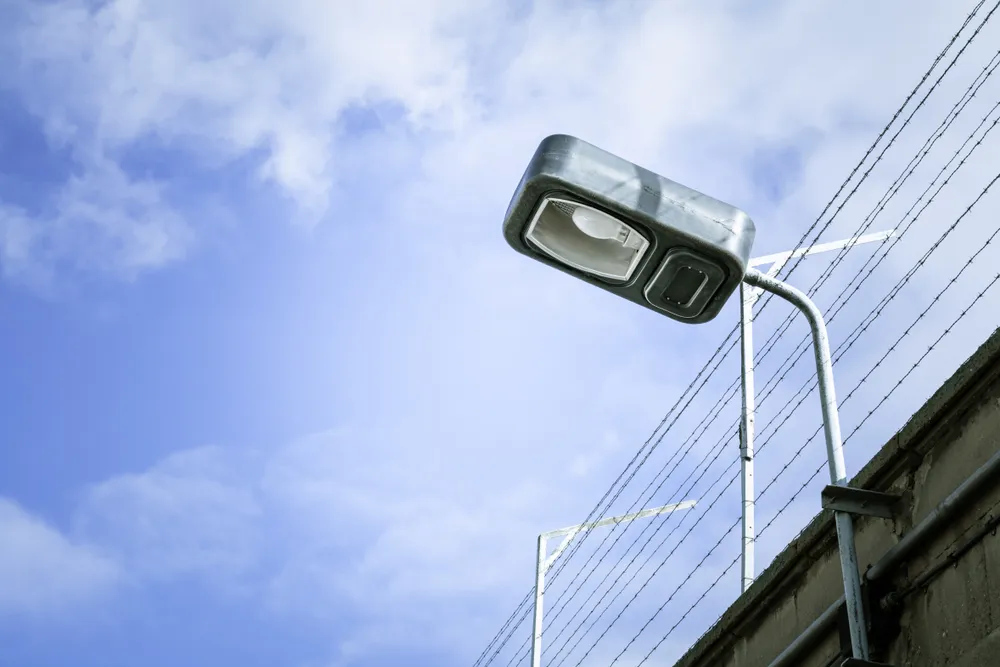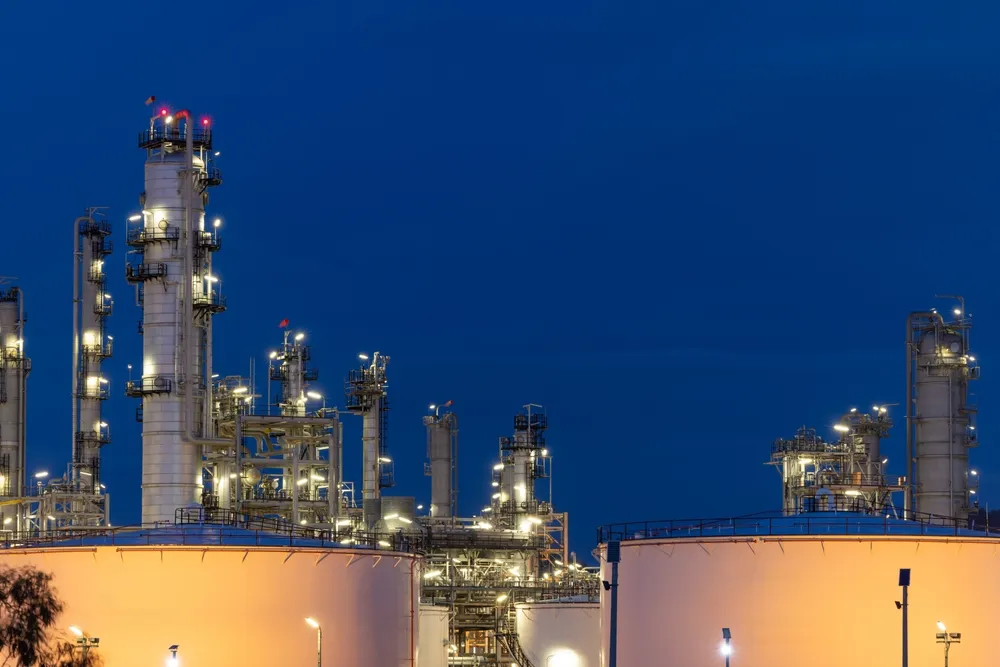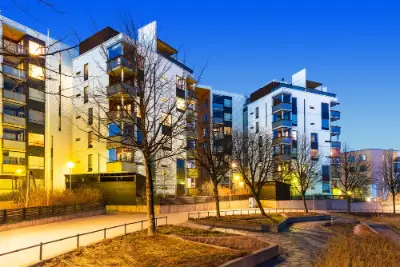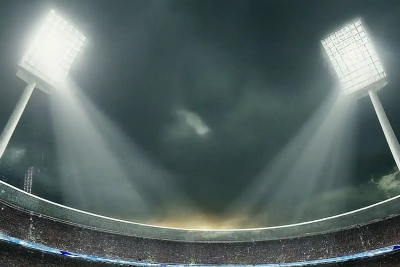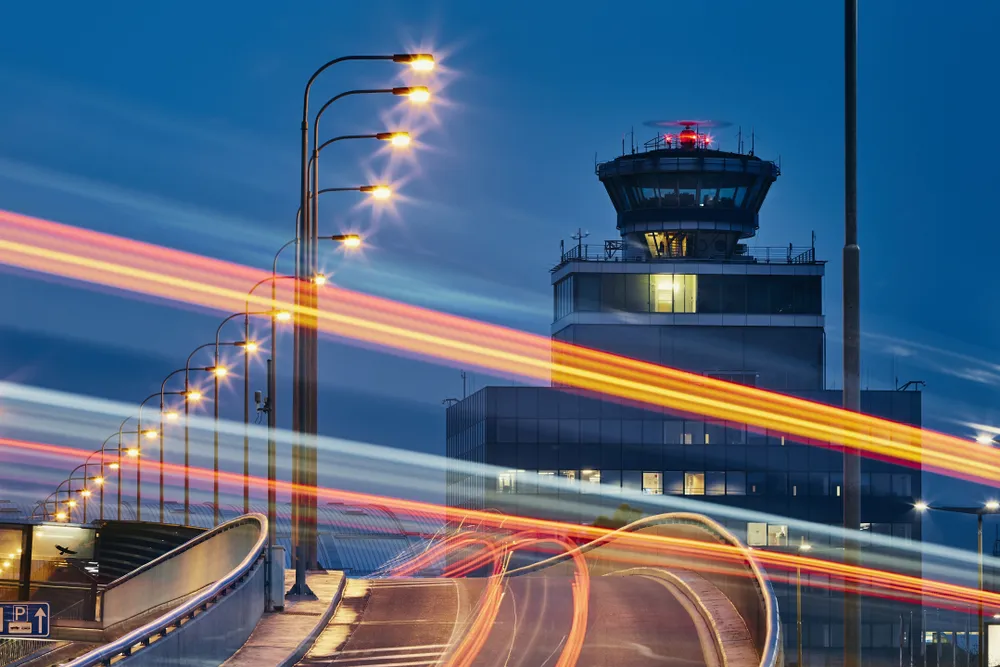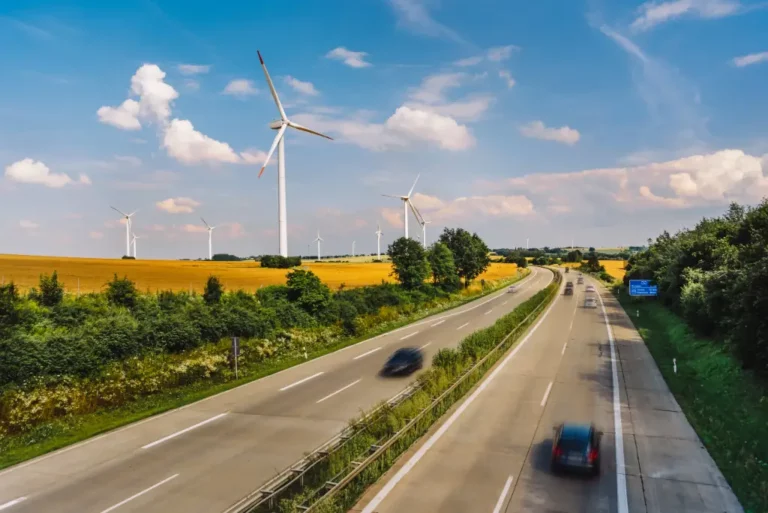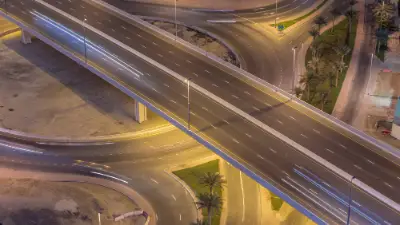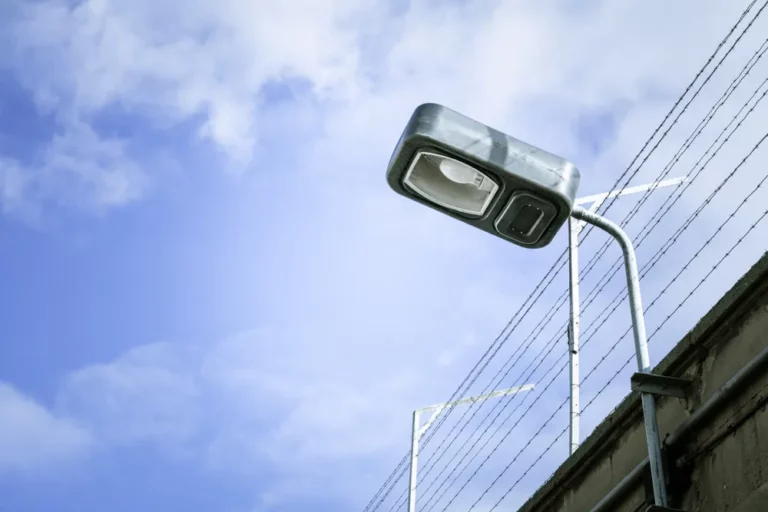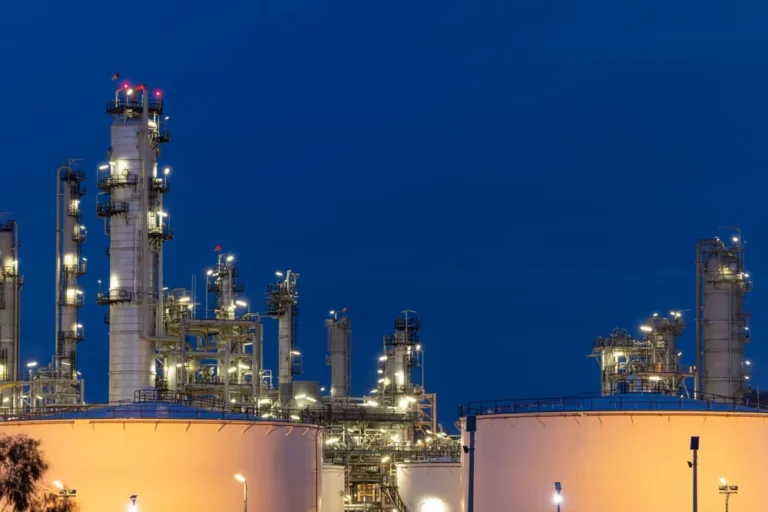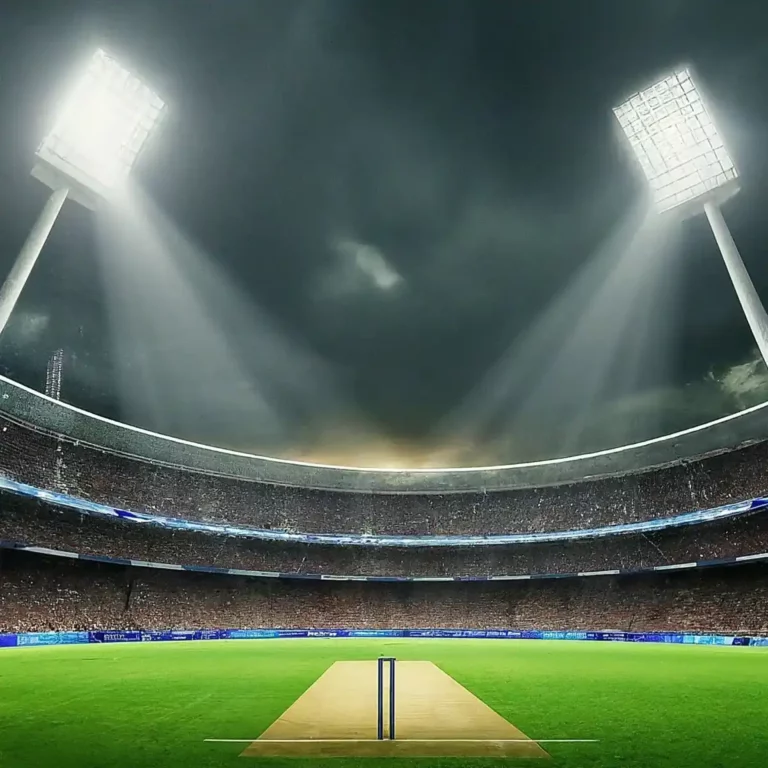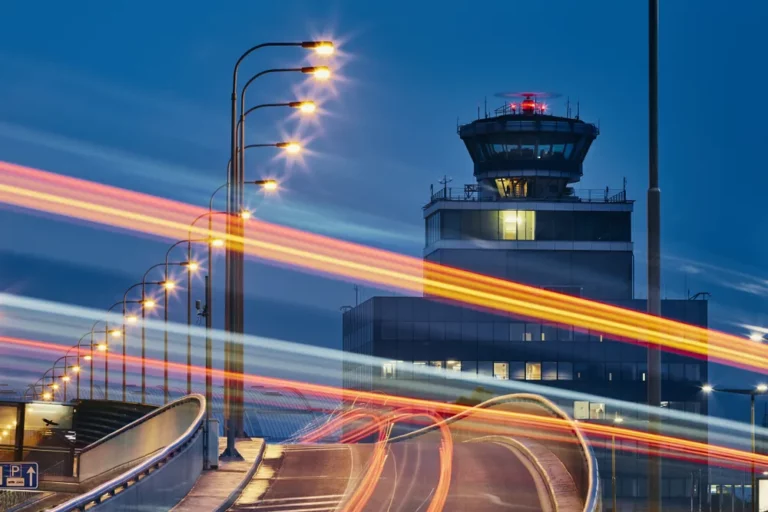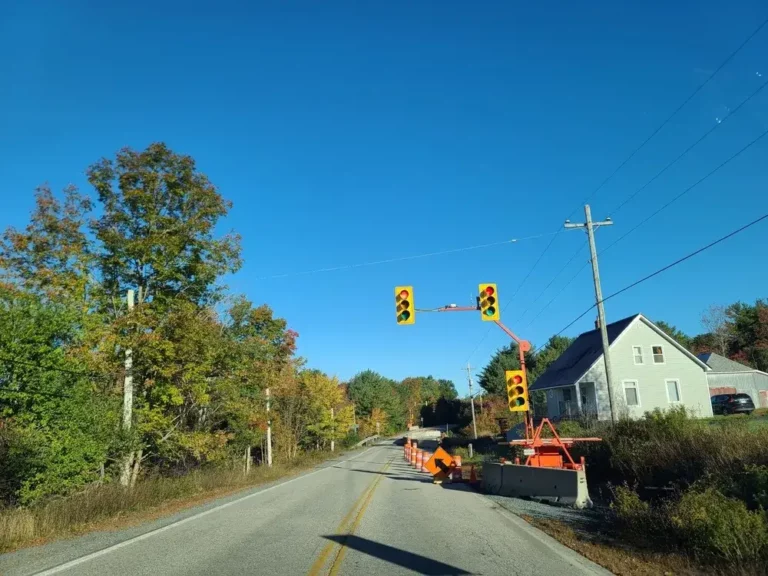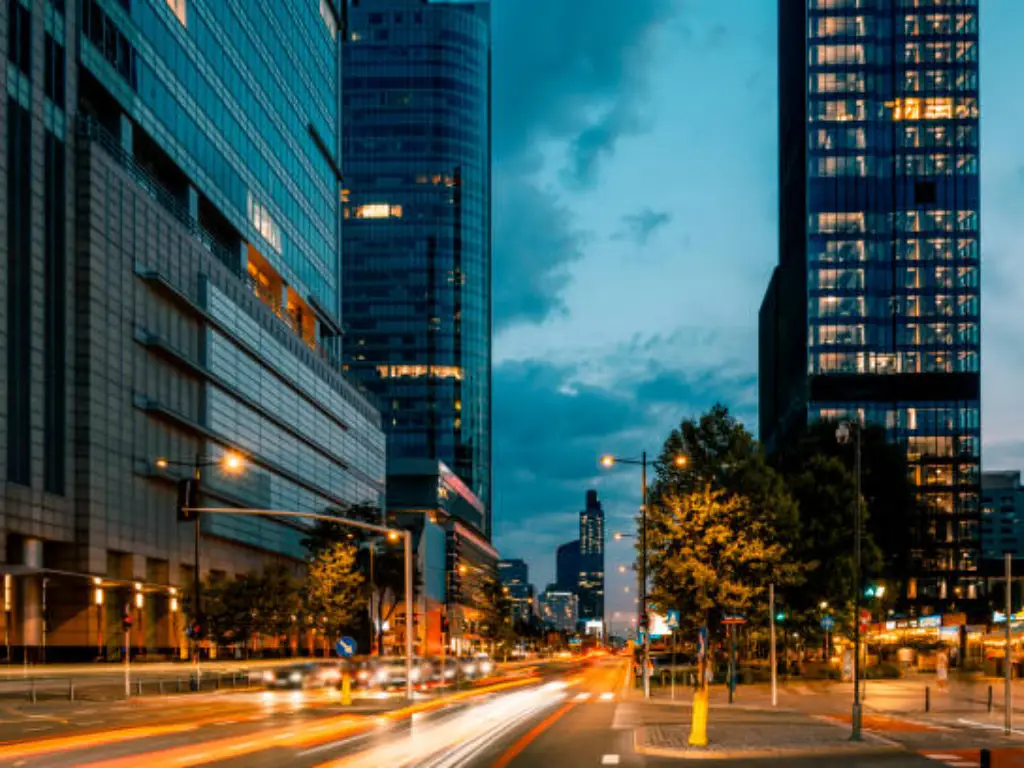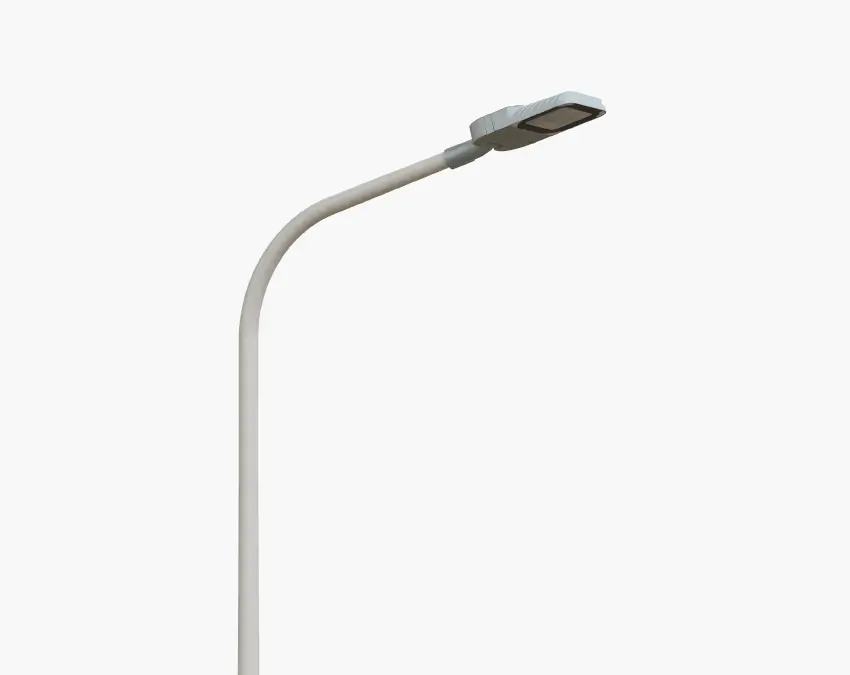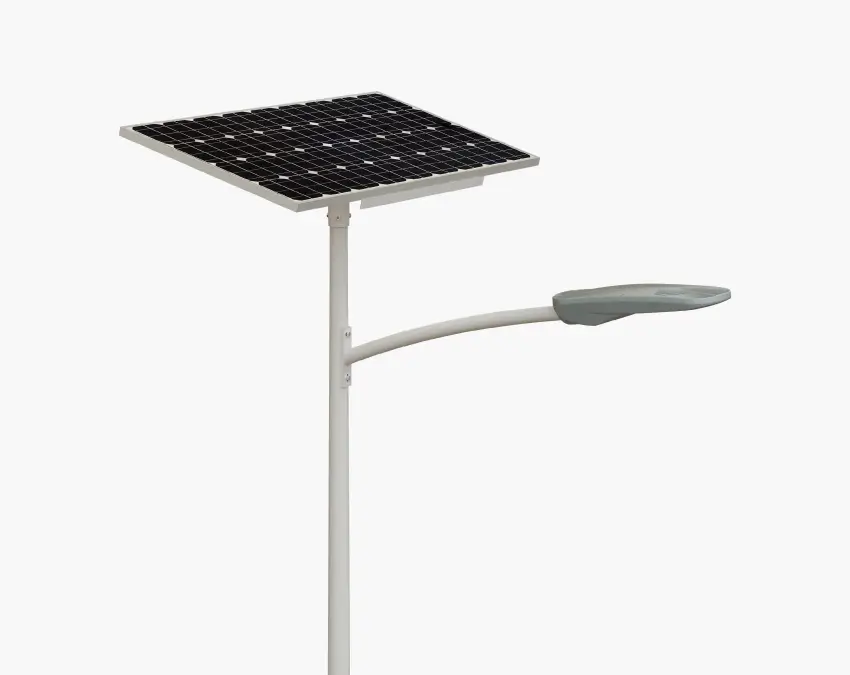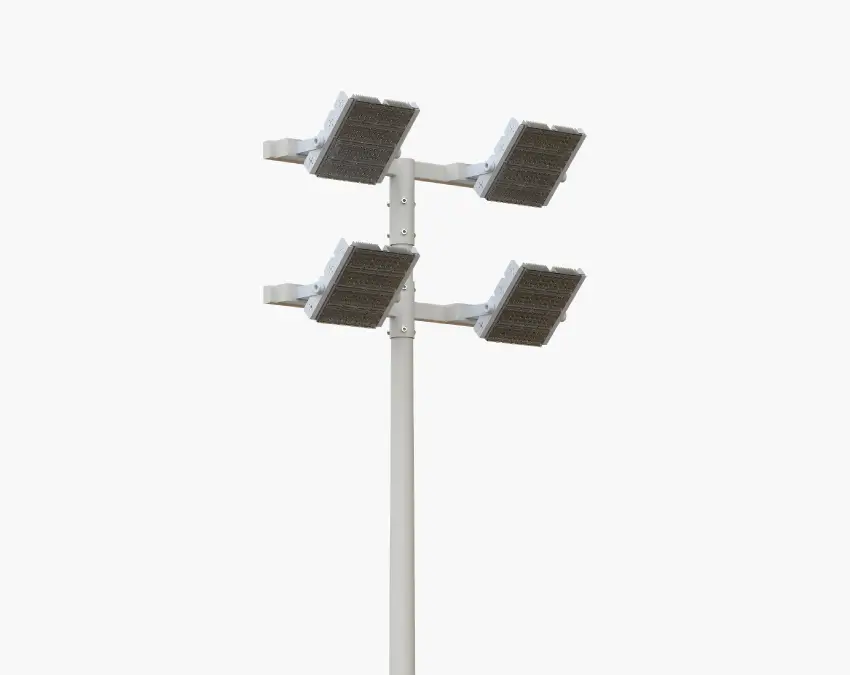Introduction
The street lighting system enhances the safety and security of the people in cities, aids pedestrian and cyclist visibility, and makes traffic flow smoother. But, when do you think street lights are turned on? The time is not random and they are closely managed through environmental factors, technology, and energy saving appliances.
Learning about the role of street lighting in contemporary settlements involves knowing how lighs are controlled. So, how are street lights switched on and off automatically? It’s not simply at sunrise or sunset; they rely on systems with photocell sensors, timers, and smart control. Latitude, weather, and light can be reasons why smart control systems are activated. This article will delve into urban street lighting technology, its systems, and how these cities manage them for maximum energy efficiency.
When Do Street Lights Turn On?
The turning on of street lights relies on ambient light levels as opposed to a set time. More often than not, street lighting systems come on at dusk and turn off at dawn, but the timing differs due to weather conditions, latitude, and natural light’s presence. In metropolitan areas such as New York City, street lights are scheduled to turn on and off to save energy whilst also ensuring public safety is maintained.
Usually, the process is automated using timers or photocell sensors. These sensors either turn on or off by measuring light in the surroundings, more specifically, streetlights come on when light goes below a certain level, which is measured in lux. Some systems are more sophisticated, incorporating solar panels and photovoltaic cells that base street lighting on real-time sunset and sunrise times. For emergencies, special events, or certain locations, manual overrides can be utilized to ensure brighter lights in risk-prone areas.
How Do Street Lights Work? Understanding Their Functionality
How do street light work? Street lights employ different technologies, but the most frequent options are light sensors, timers, and centralized control systems. A photocell sensor, frequently utilizing cadmium sulfide (CdS) components, monitors changes in natural lighting. It turns on the streetlight when dusk arrives and turns it off when dawn breaks, thus making energy use efficient without your assistance.
Timers are equally important for street lighting, especially in regions where daylight duration is consistent. These timers can turn on and off lights according to a preset schedule. More sophisticated smart control systems based on the IoT also monitor and take commands for street lights, which saves power, lowers maintenance costs, and helps cope with changing weather conditions automatically.
The Science Behind Street Lights: Light Sensors, Timers, and Smart Controls
Most modern street lighting systems are primarily based on photocell sensors. Each unit utilizes high-resistance materials like cadmium sulfide (CdS) as its primary constituent which is able to alter according to ambient light fluctuations. When sunlight diminishes to a certain extent, the resistance within the sensor increases, which activates the streetlight. In contrast, during the return of daylight, the resistance is lowered, signaling the system to switch off.
Unlike photocell sensors, timers do not consider real-time visibility parameters. While effective in stable conditions, it does not adapt well to changes such as heavy storms or unanticipated damage. Recent developments incorporate smart sensors, AI, and IoT technologies enabling real-time programmability and dynamically reducing energy usage while ensuring adequate light output.
| Component | Function | Technology | Advantages | Limitations |
| Photocell Sensors | Detects changes in ambient light to activate/deactivate streetlights. | Made with high-resistance materials like cadmium sulfide (CdS) that respond to light fluctuations. | Automatically adjusts based on real-time light levels. Reduces energy consumption. | Can only react to light changes, no adaptation for unexpected conditions. |
| Timers | Operates streetlights on a pre-set schedule without considering real-time environmental conditions. | Based on a fixed schedule for activation and deactivation of lights. | Simple and predictable operation. Lower initial cost. | Does not adapt to weather changes or damage. Inflexible during irregular conditions. |
| Smart Sensors, AI, and IoT | Advanced technology that allows for real-time programmability, adjusting streetlight behavior based on various factors. | Integrates AI, IoT systems, and real-time data analytics to manage street lighting dynamically. | Optimizes energy usage in real-time. Adapts to unpredictable changes (e.g., weather). | Higher initial investment and more complex setup. Relies on constant connectivity. |
Factors That Affect Street Light Activation: Weather, Seasons, and More
| Factor | Description | Impact on Street Light Activation | Examples/Technologies |
| Geographic Location | Varies based on proximity to the equator or poles, affecting the amount of daylight throughout the year. | In high-latitude regions, street lights are activated earlier in winter due to prolonged darkness and shorter daylight hours. | – Cities near the equator have more consistent activation times. – High-latitude areas experience more seasonal variability. |
| Climatic Conditions | Weather conditions like fog, rain, and storms affect ambient light levels. | Bad weather can lead to street lights turning on earlier than scheduled due to decreased natural light. | – Fog or thunderstorms cause street lights to activate earlier. |
| Length of Day | The duration of daylight varies by season, influencing the need for street lighting. | Longer days in summer may delay activation, while shorter days in winter lead to earlier activation. | – Summer months may see delayed activation times. – Winter months see quicker activation. |
| City Architecture | The layout and design of a city, such as street density and light placement, can impact when lights are needed. | Areas with high pedestrian and cyclist traffic may require stronger bulbs or more frequent lighting activation. | – More lights in high-traffic zones. – Urban areas with more buildings may have reduced natural light, triggering lights earlier. |
| Energy-saving Measures | Certain cities implement dimming or turning off lights in specific areas to conserve power. | Lights may dim or turn off in less populated areas to save energy, while brighter lights are used in active locations. | – Dimming lights during low-traffic hours. – Using smart sensors to adjust light intensity. |
| Smart Sensors | Modern systems use sensors to detect ambient light levels and adjust streetlight brightness accordingly. | Street lights adjust their illumination based on real-time light levels, minimizing glare and energy use while ensuring safety. | – Sensors monitor light and activate individual lights as needed, optimizing visibility without waste. |
A variety of external factors like geographic location, climatic conditions, length of day, and city architecture influence when street lighting is activated. For example, street light activation in high-latitude regions is heavily influenced by the time of the year due to seasonal changes in daylight.
City planning also makes a difference. Certain cities place stronger bulbs in populated areas or active spots where pedestrians and cyclists frequent. Others adopt energy saving measures by turning off or dimming individual lights to save power. Smart sensors in modern systems permanently monitor surrounding light so that individual lights can be activated to optimal levels without undue glare, thus adjusting the illumination based on outside lighting.
Manual vs. Automatic Street Lighting Systems: How They Differ
There are two main approaches to street light control: manual and automatic. Manual systems are based on either a city employee or technician turning the lights on or off at scheduled times or as needed. Although this approach is flexible, it is very labor-costly and inefficient for wide-scale street light systems.
Automatic systems, on the other hand, are more complex and use IoT-based controllers, timers, and photocell sensors. These systems ensure that street lights are turned on or off based on external lighting conditions which optimizes energy usage, lowers upkeep costs, and helps in maintaining safety standards. More and more municipalities automate their street lighting for better energy efficiency and to conserve more energy.
The Future of Street Lighting: Smart Sensors, IoT, and AI Technology
AI, IoT solutions, and real-time data analysis are changing the future of street lighting. Under these modern technologies, cities can achieve lower energy costs, reduced maintenance expenditure, and improved efficiency levels with respect to the street lighting system.
New technologies like detecting pedestrian and traffic movement for effective street light operations, brightness adaptation, and powered solar streetlights showcase the development of intelligent solutions. Future street lighting is expected to be more sustainable owing to advancements in photovoltaic solar energy, creating an even lower environmental impact while optimizing light exposure for pedestrians and cyclists during the night.
How Cities Manage Street Lights to Save Energy and Reduce Costs
Cities try to balance public safety, visibility, and energy conservation through well-thought-out street lighting management plans. For example, motion-activated street lights with solar panels and energy-efficient LEDs help lower energy costs.
Numerous cities are now implementing intelligent street lighting systems equipped with light-sensitive multimedia control units and AI algorithms to automatically balance the illumination intensity depending on pedestrian and vehicular traffic. These systems ensure optimal energy usage, lowering electricity and maintenance costs while keeping outdoor lighting functional.
The Inlux company specializes in developing innovative solar street lights which combine public safety improvements with maximum energy efficiency. Our LED solar systems with built-in smart sensors and artificial intelligence technologies provide dependable lighting together with lowered energy expenses and maintenance needs. Select Inlux to obtain sustainable high-quality lighting solutions that will benefit your city.
Conclusion
Knowing the timings for the streetlights is more useful than it seems as it demonstrates the complexity behind street lighting systems and their relevance towards energy consumption, public safety, and environmental conservation. Streetlights have considerable importance when it comes to safety, efficient use of energy, and automation; whether they are controlled by photocell sensors, timers, or AI-based control units.
As technology develops, even smarter solutions will emerge, including the use of smart sensors, IoT, and solar power. With constant adaptation towards energy conservation and environmental change, the development of cities utilizing outdoor lighting systems will become safer, more sustainable, and cheaper than ever before.

